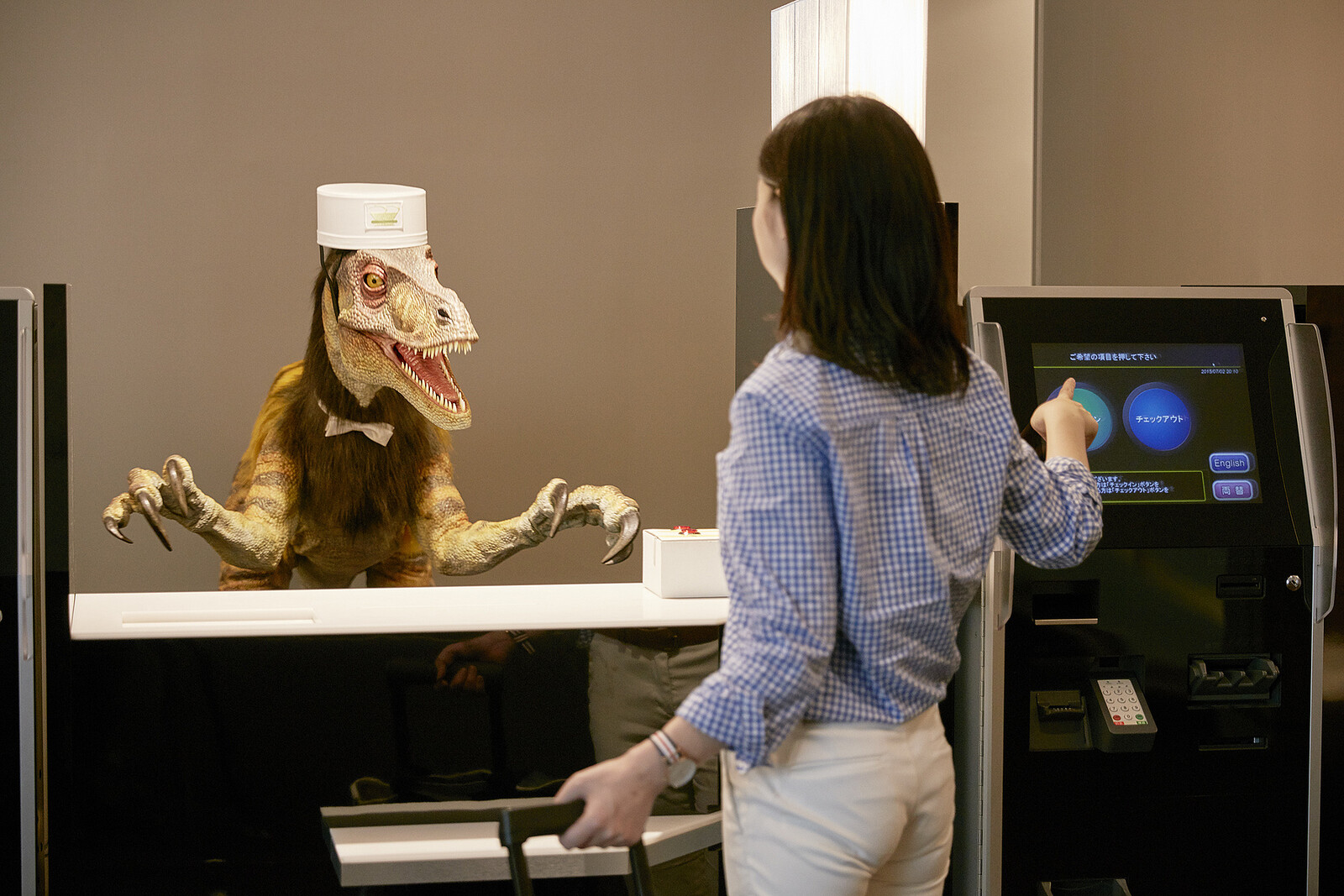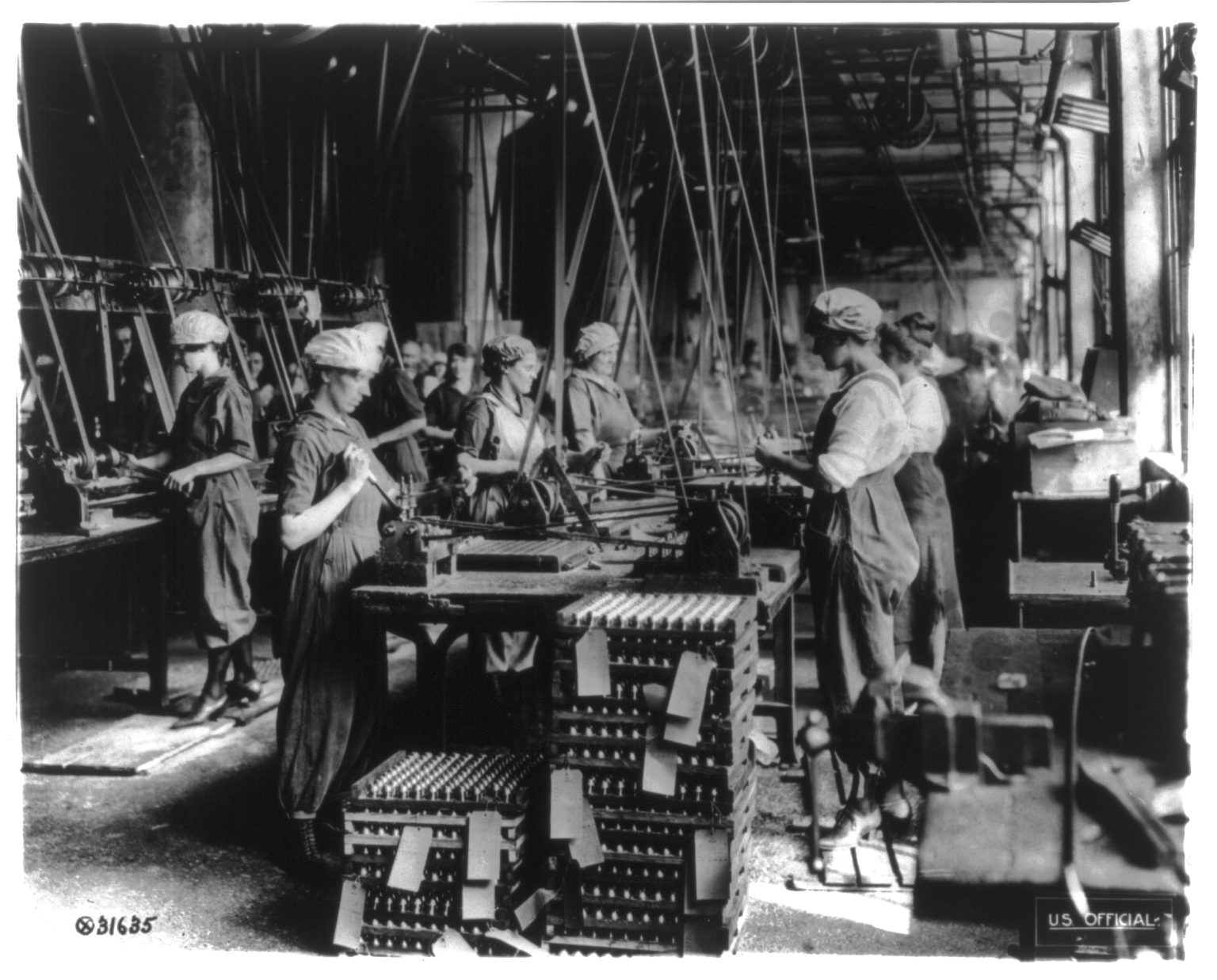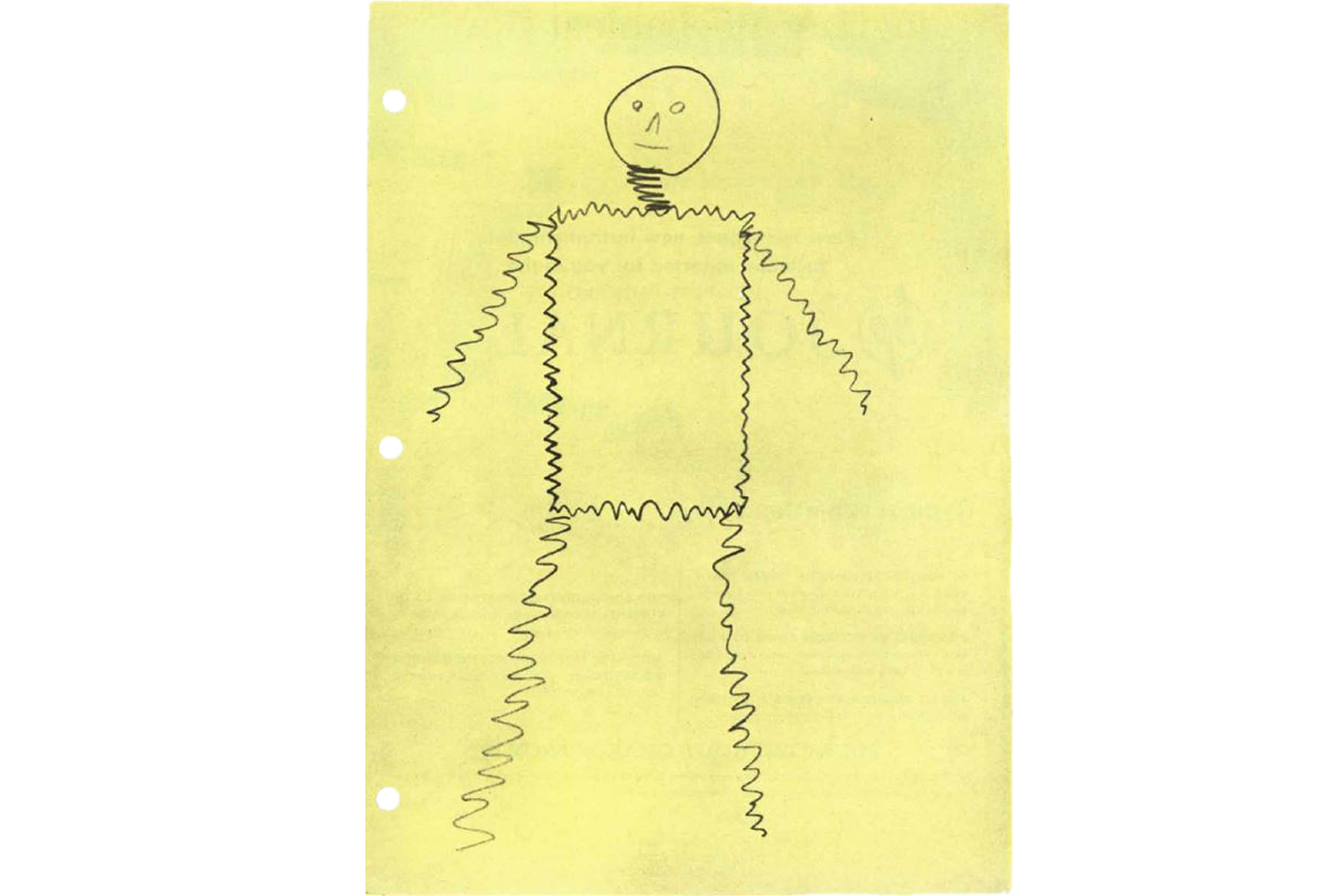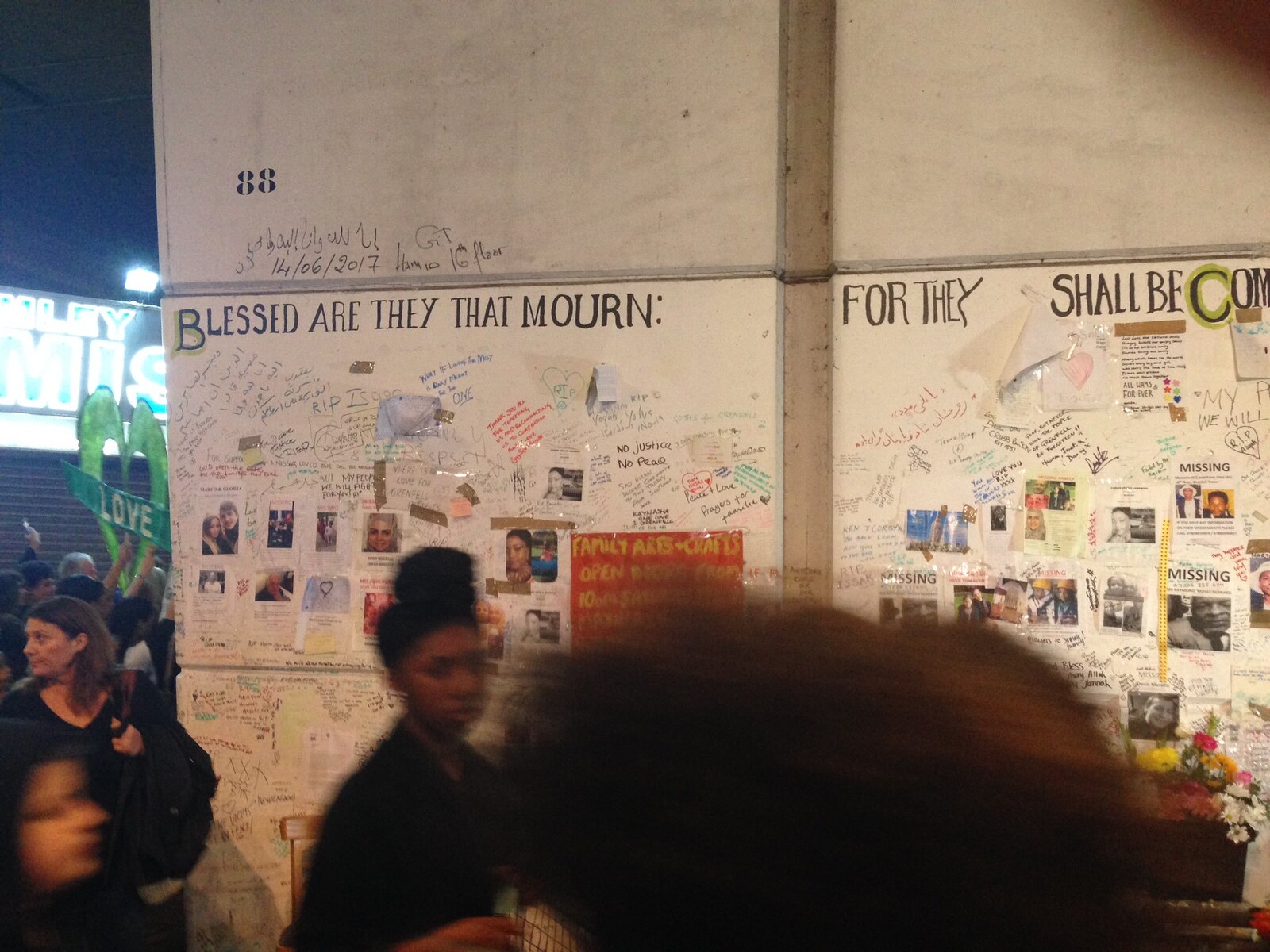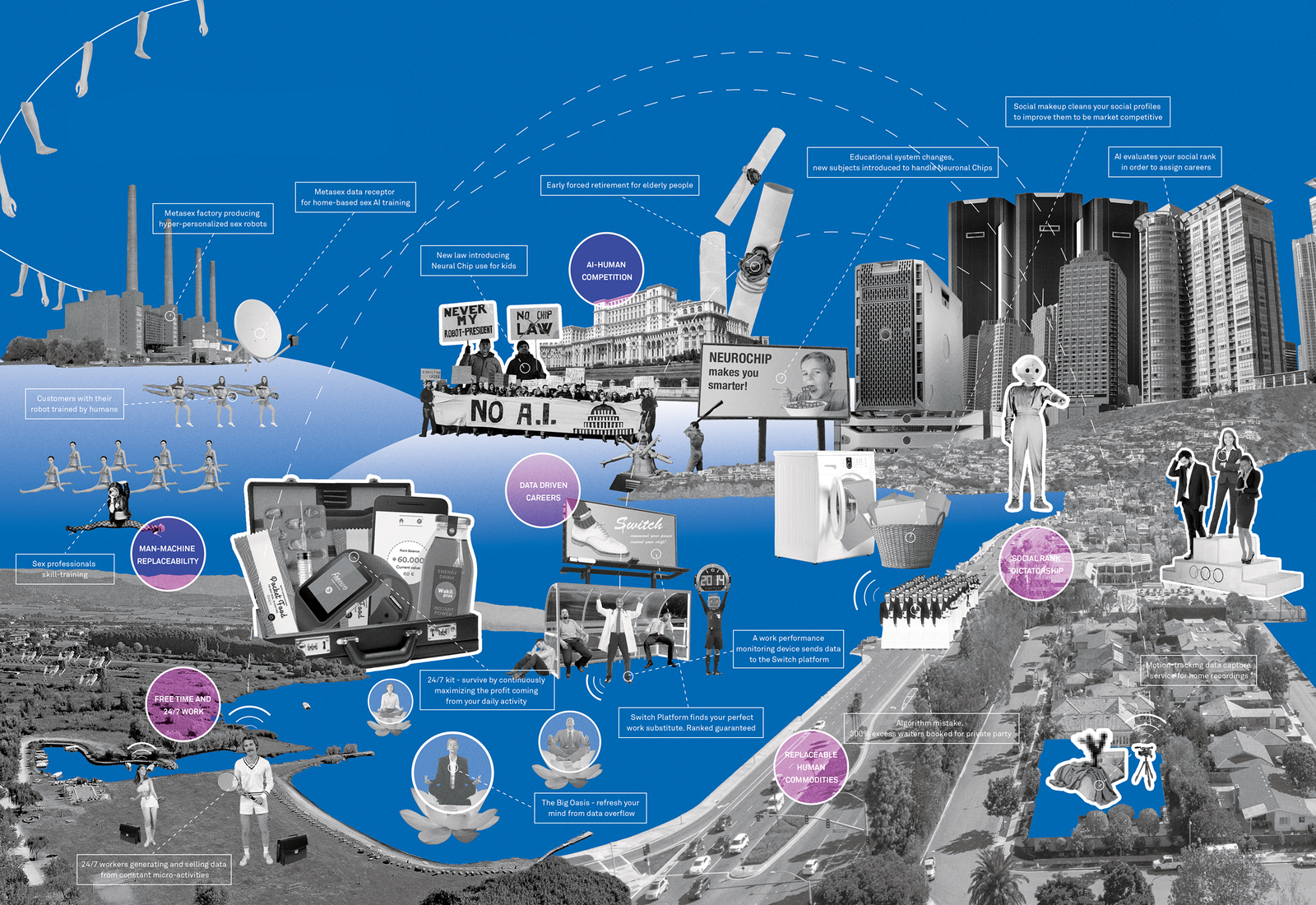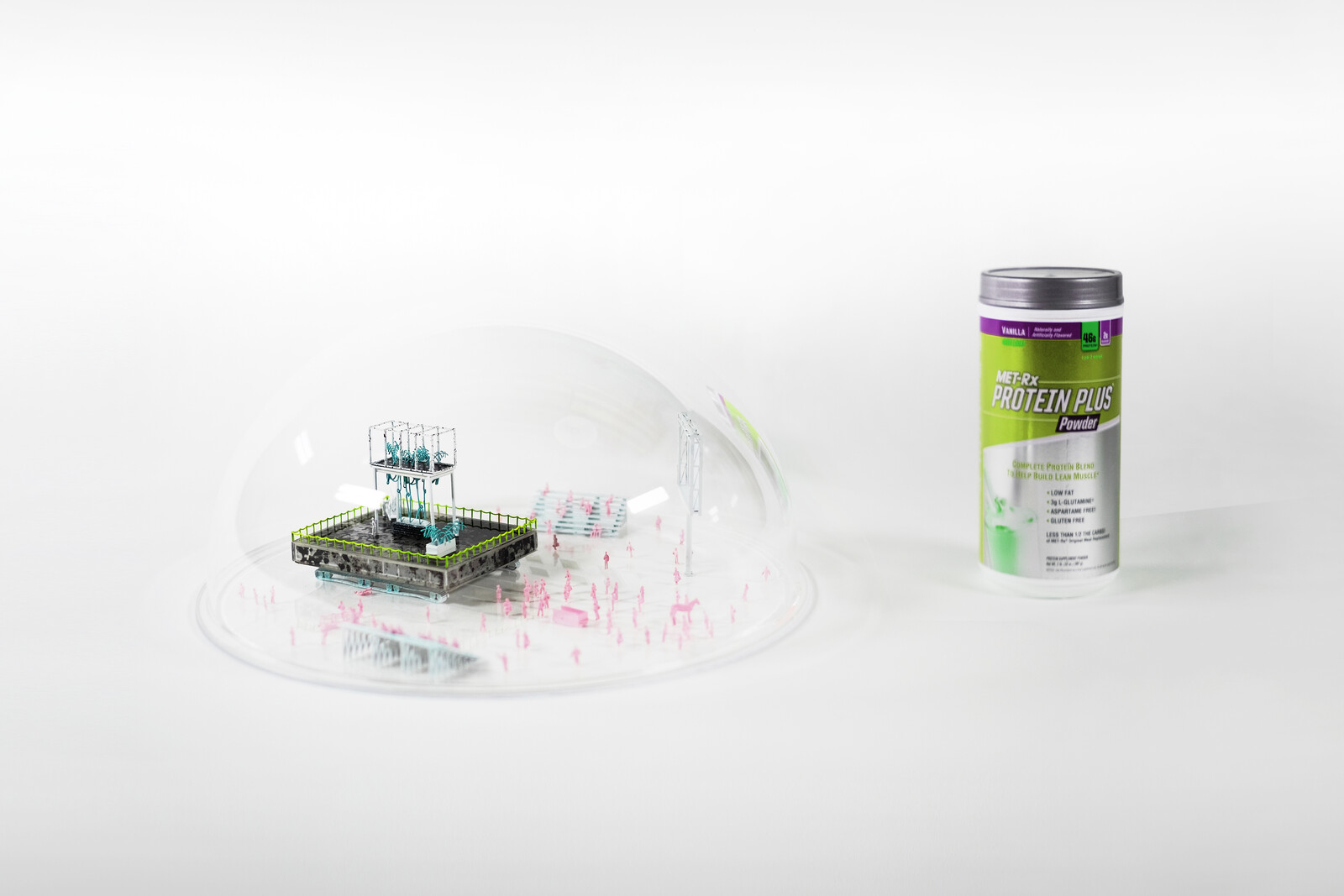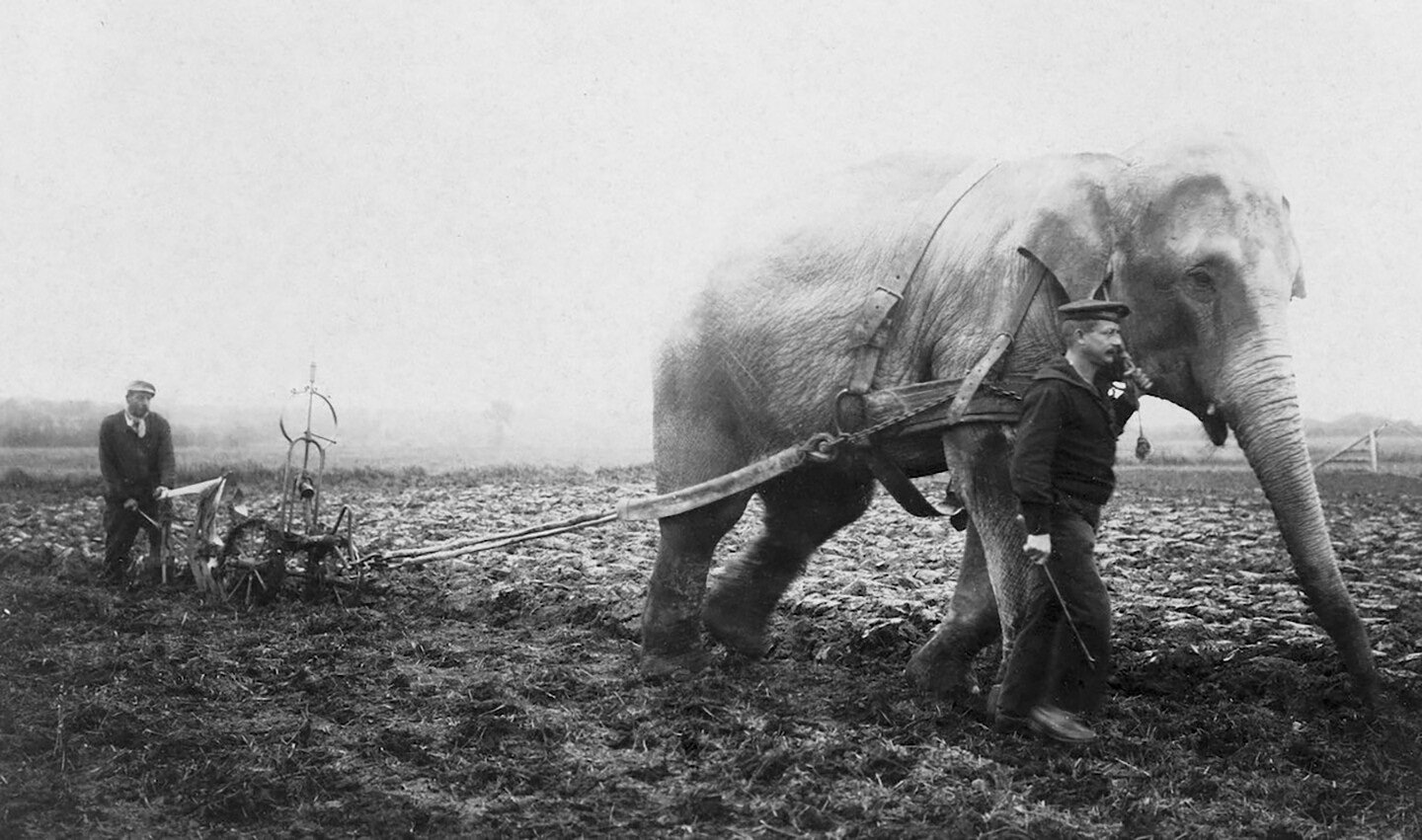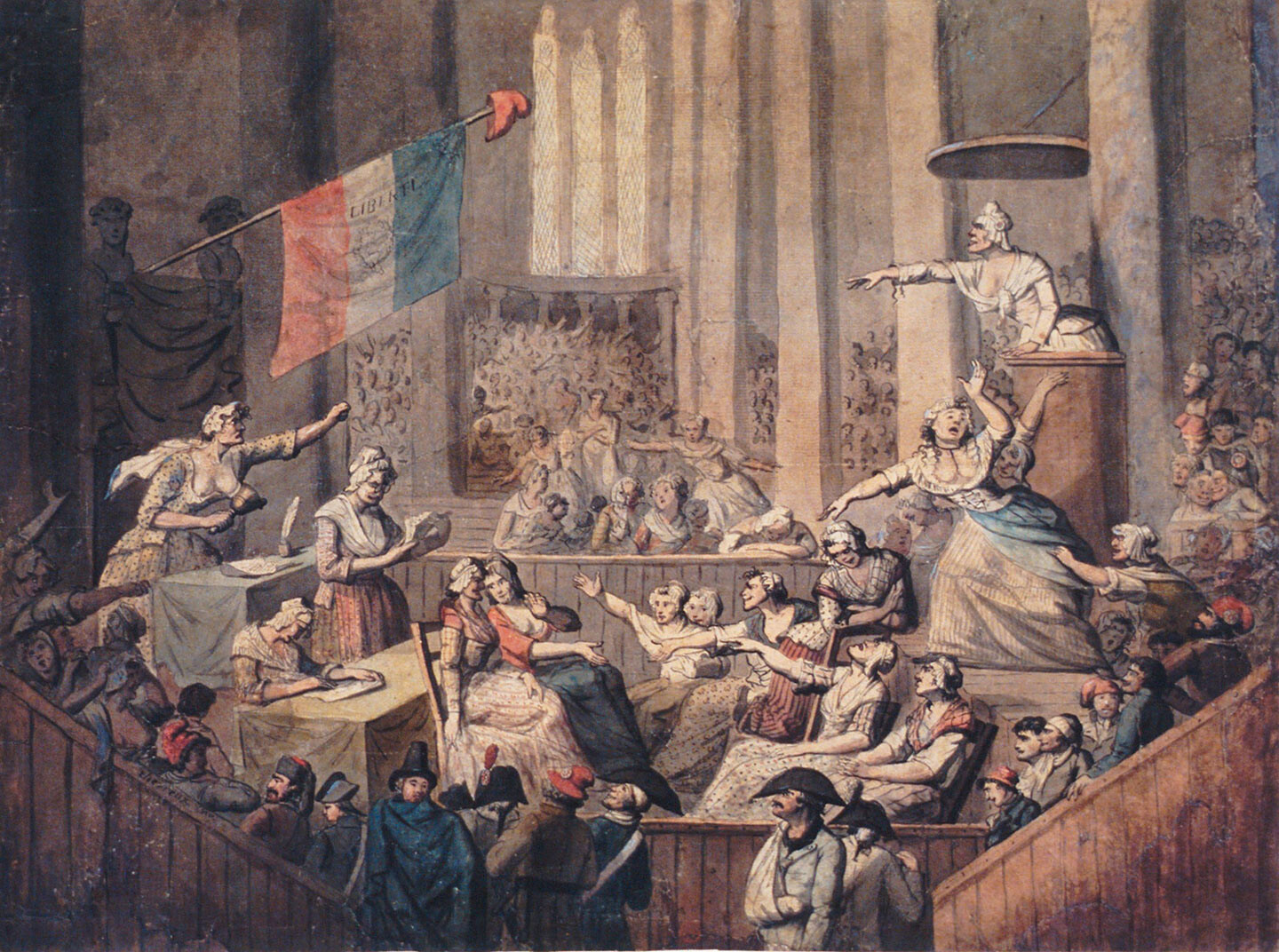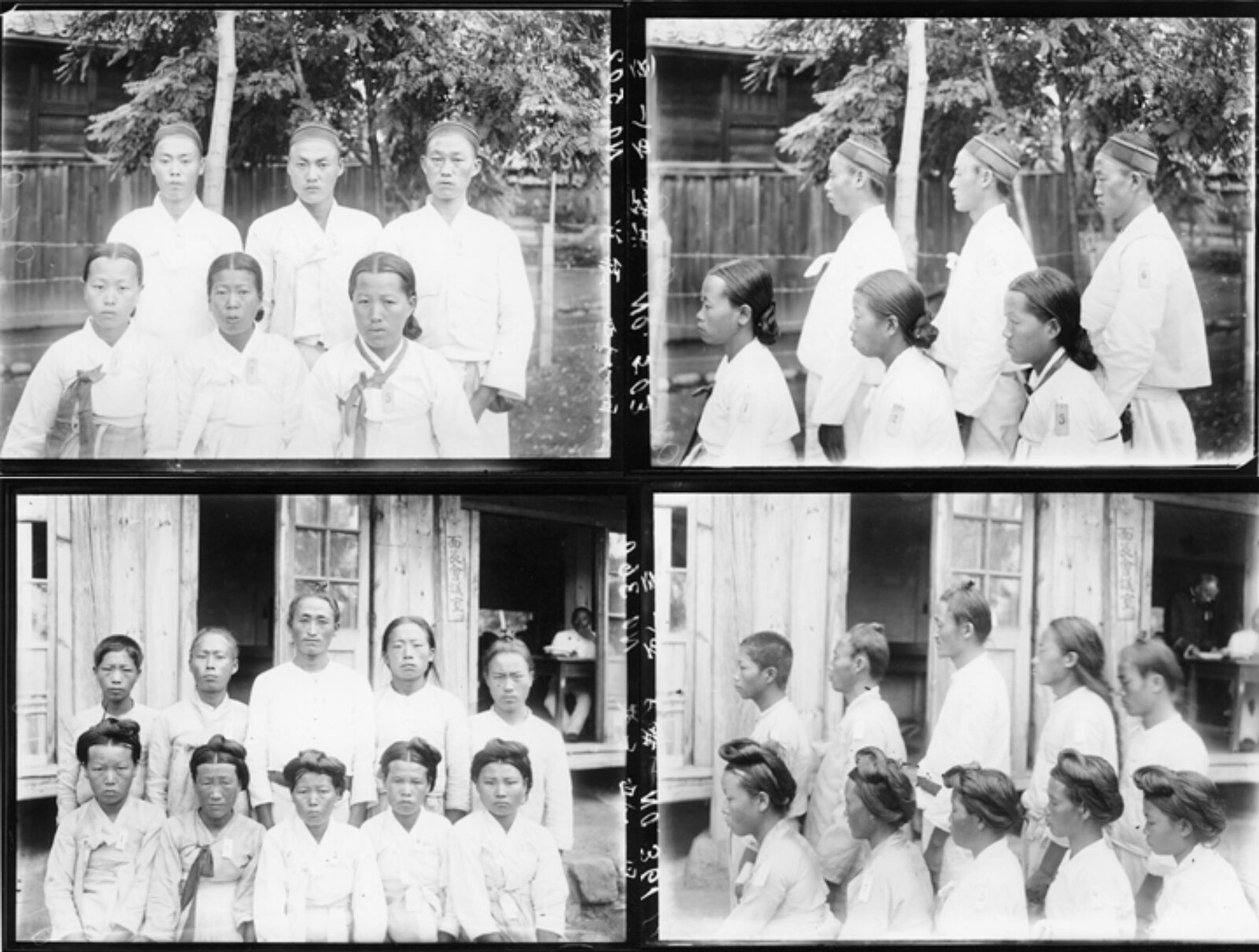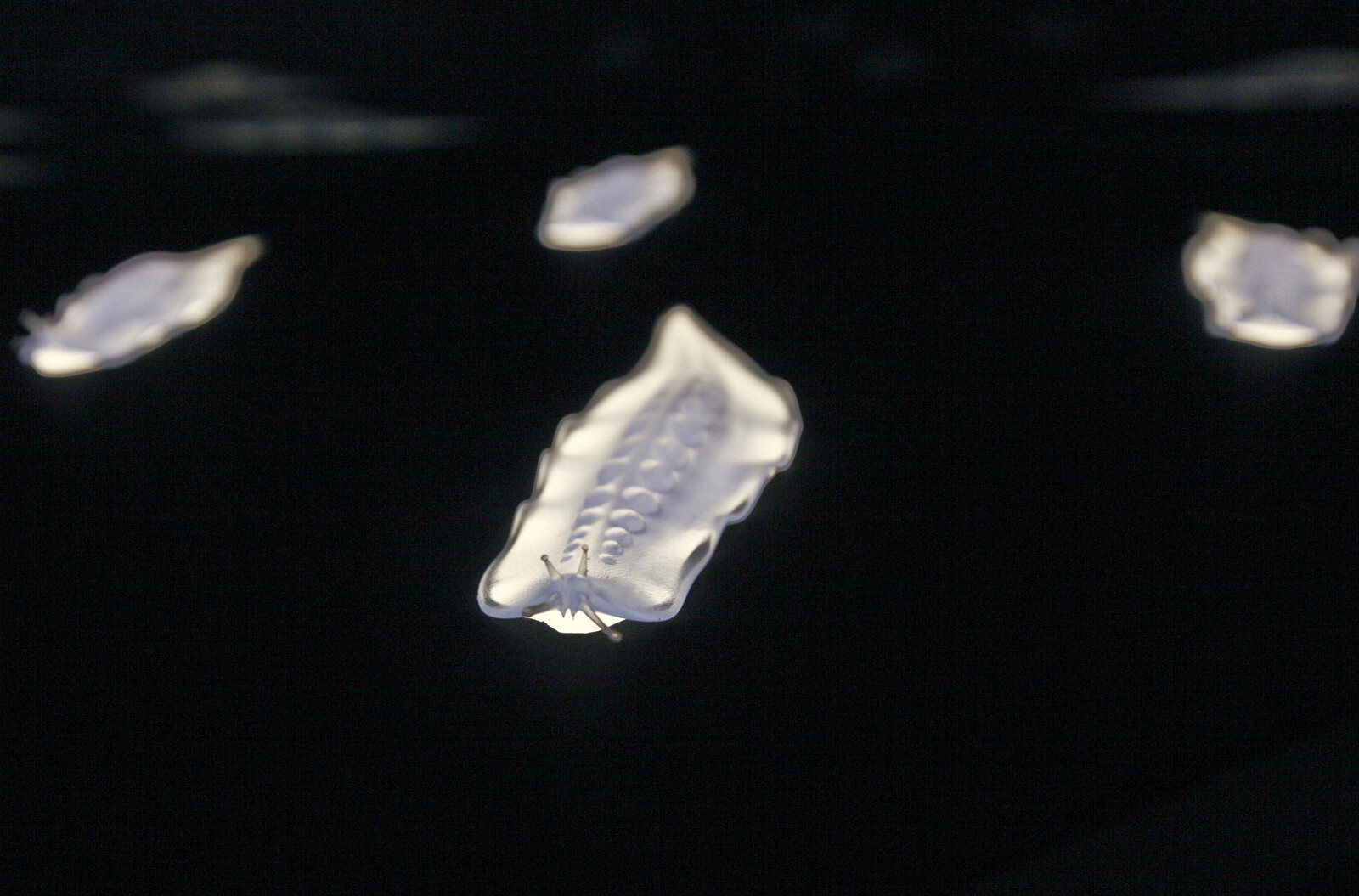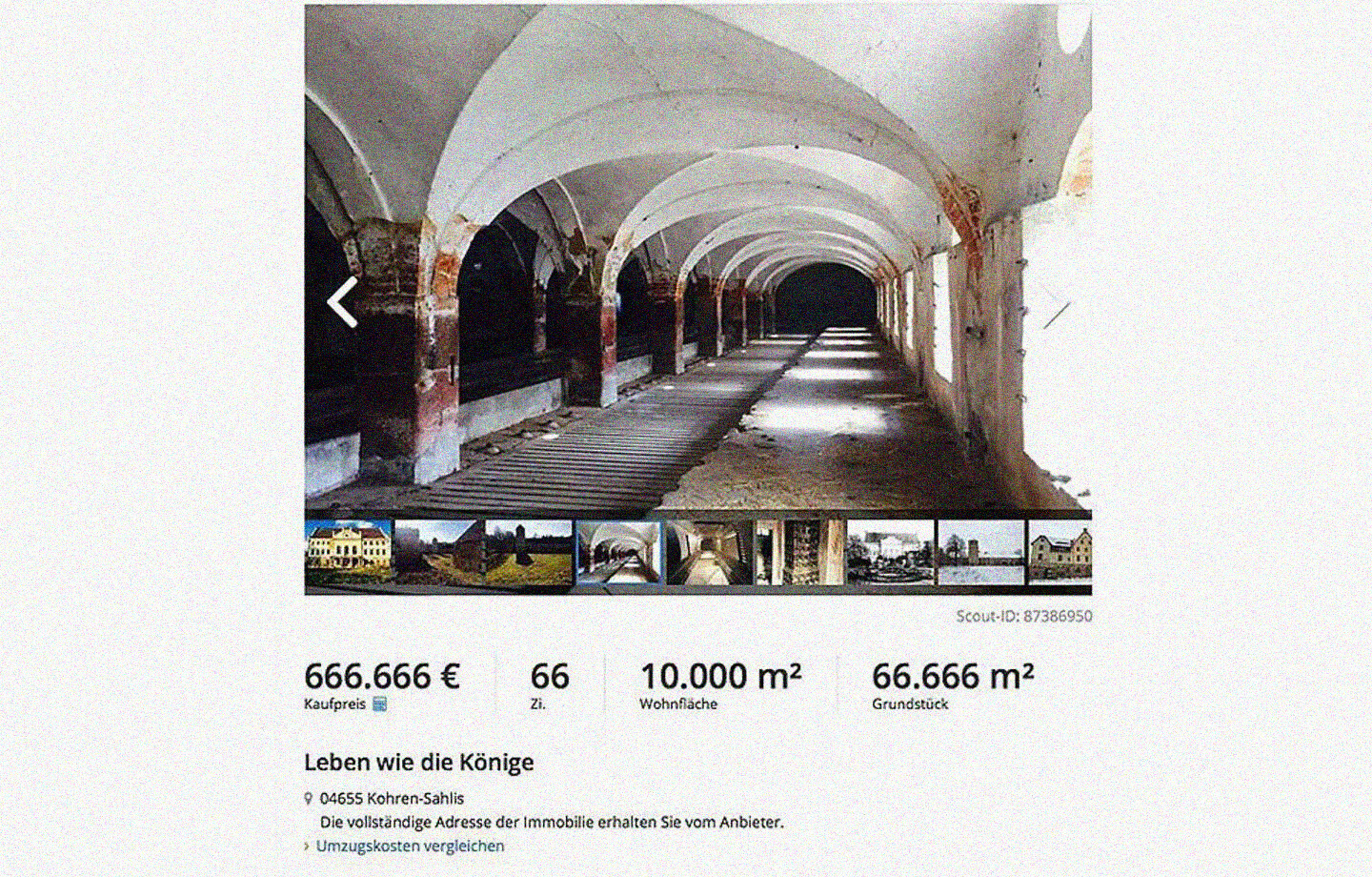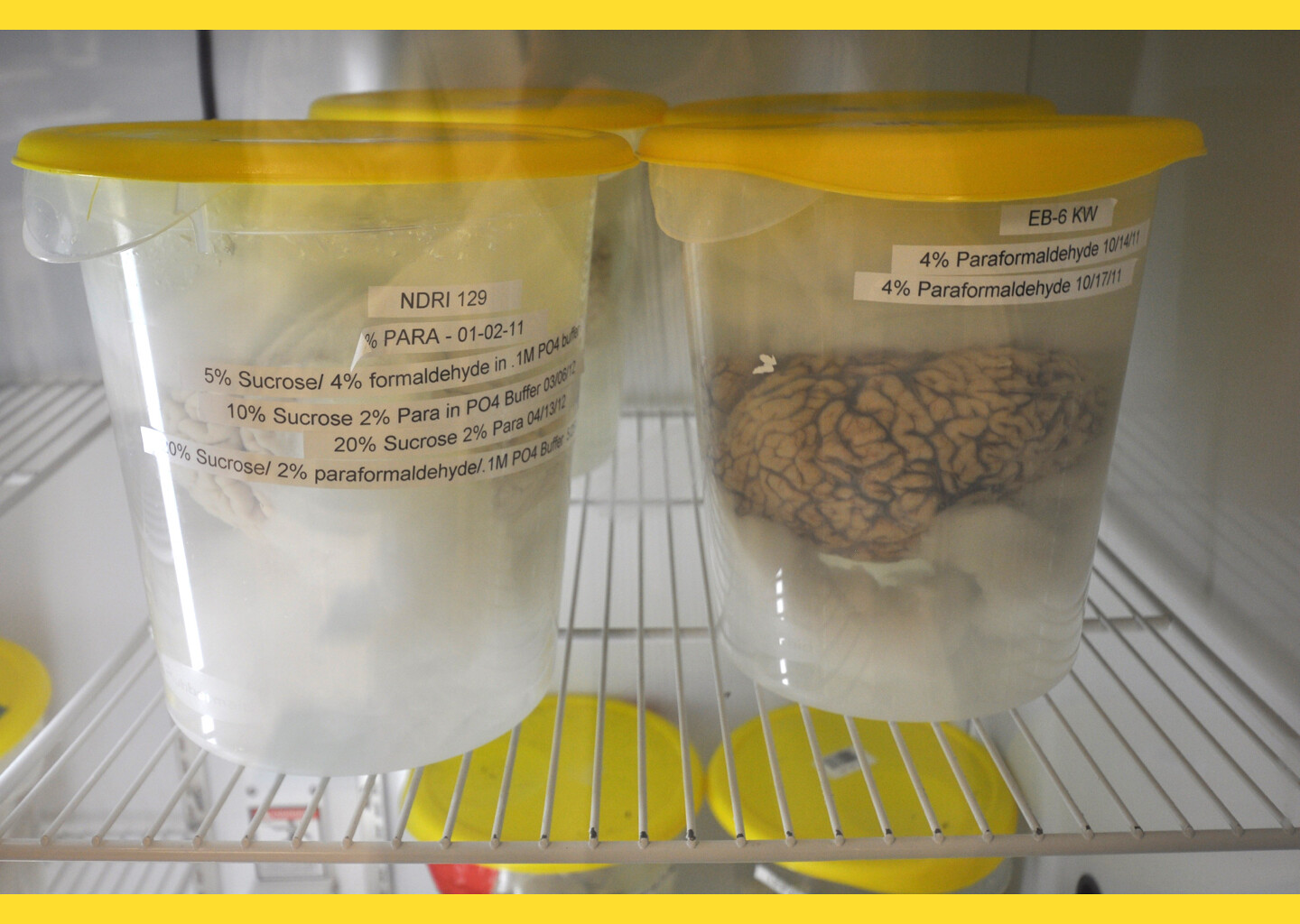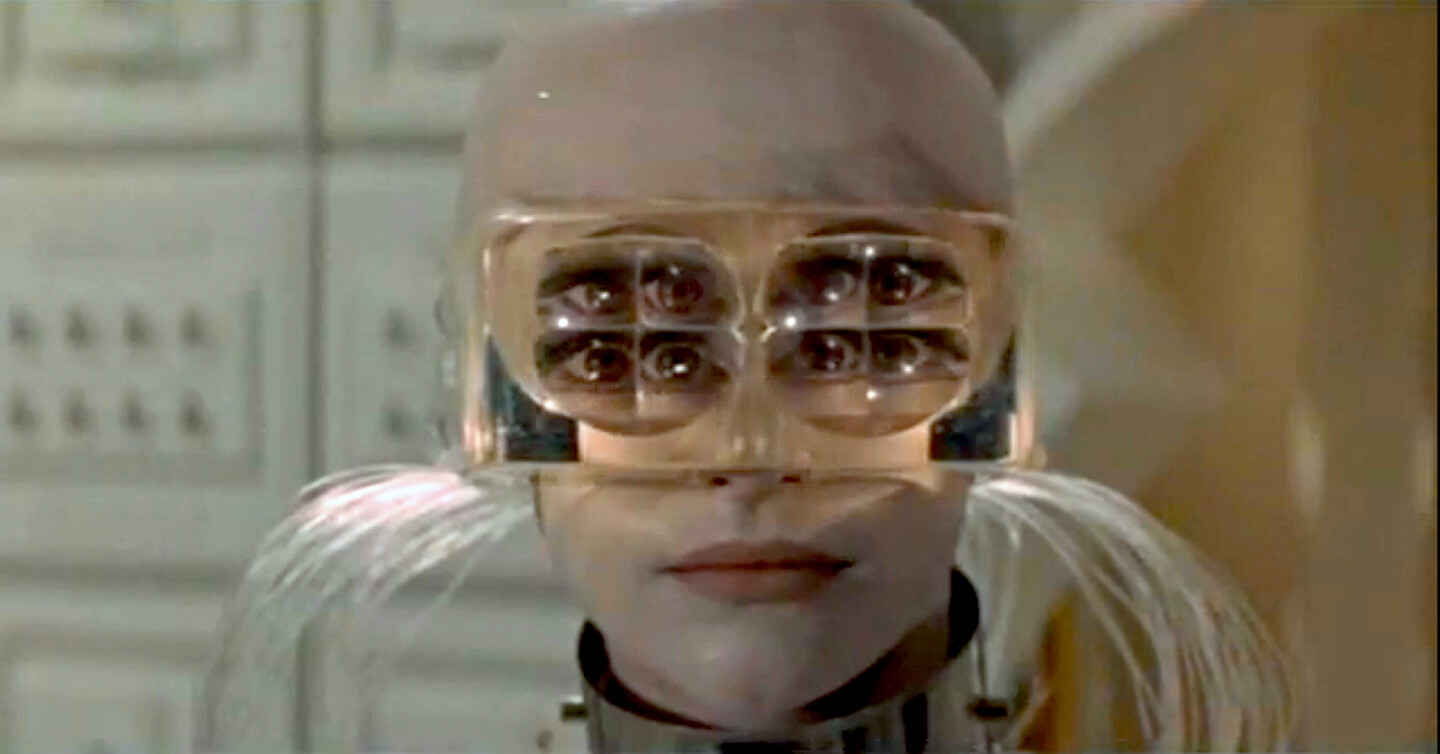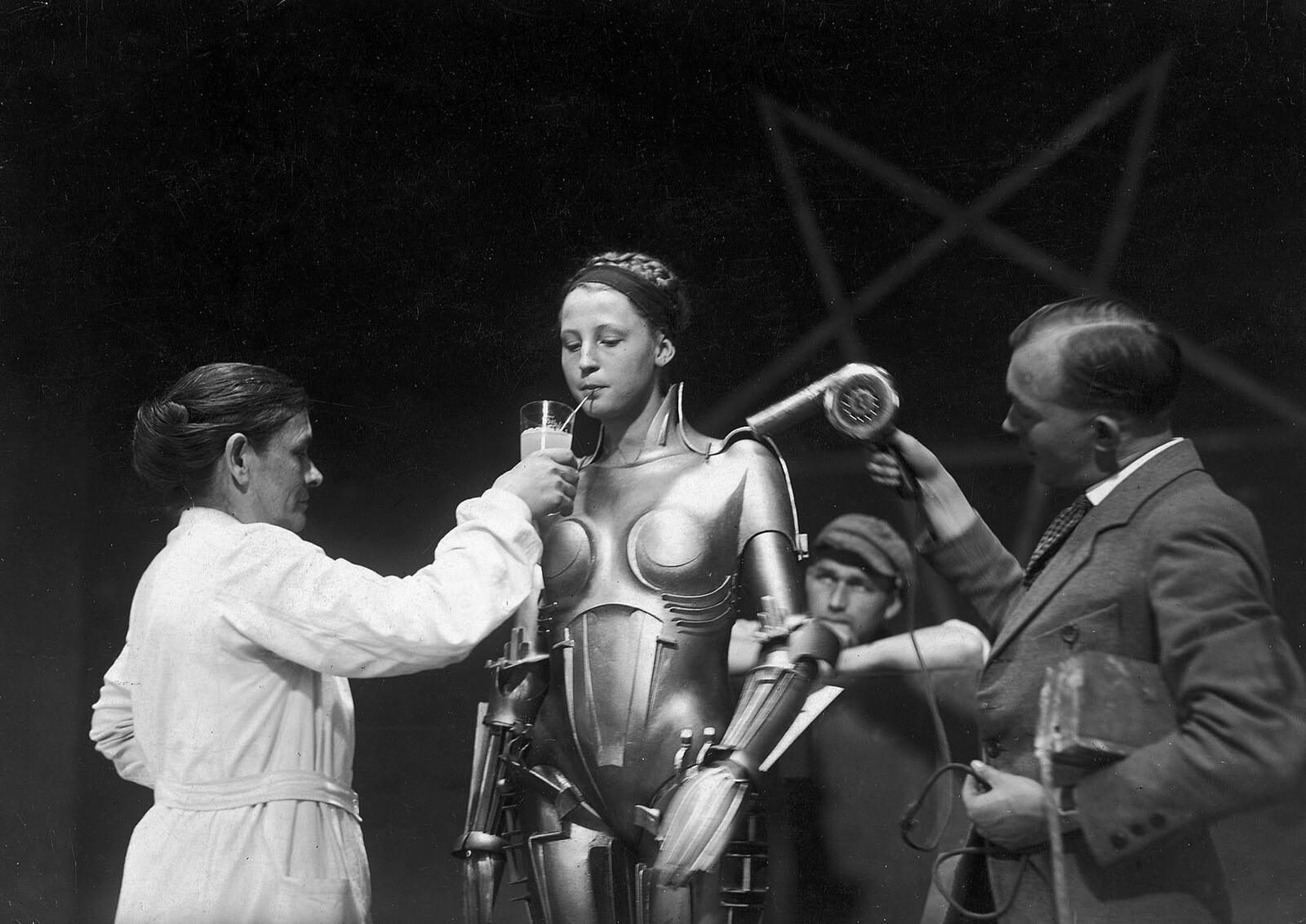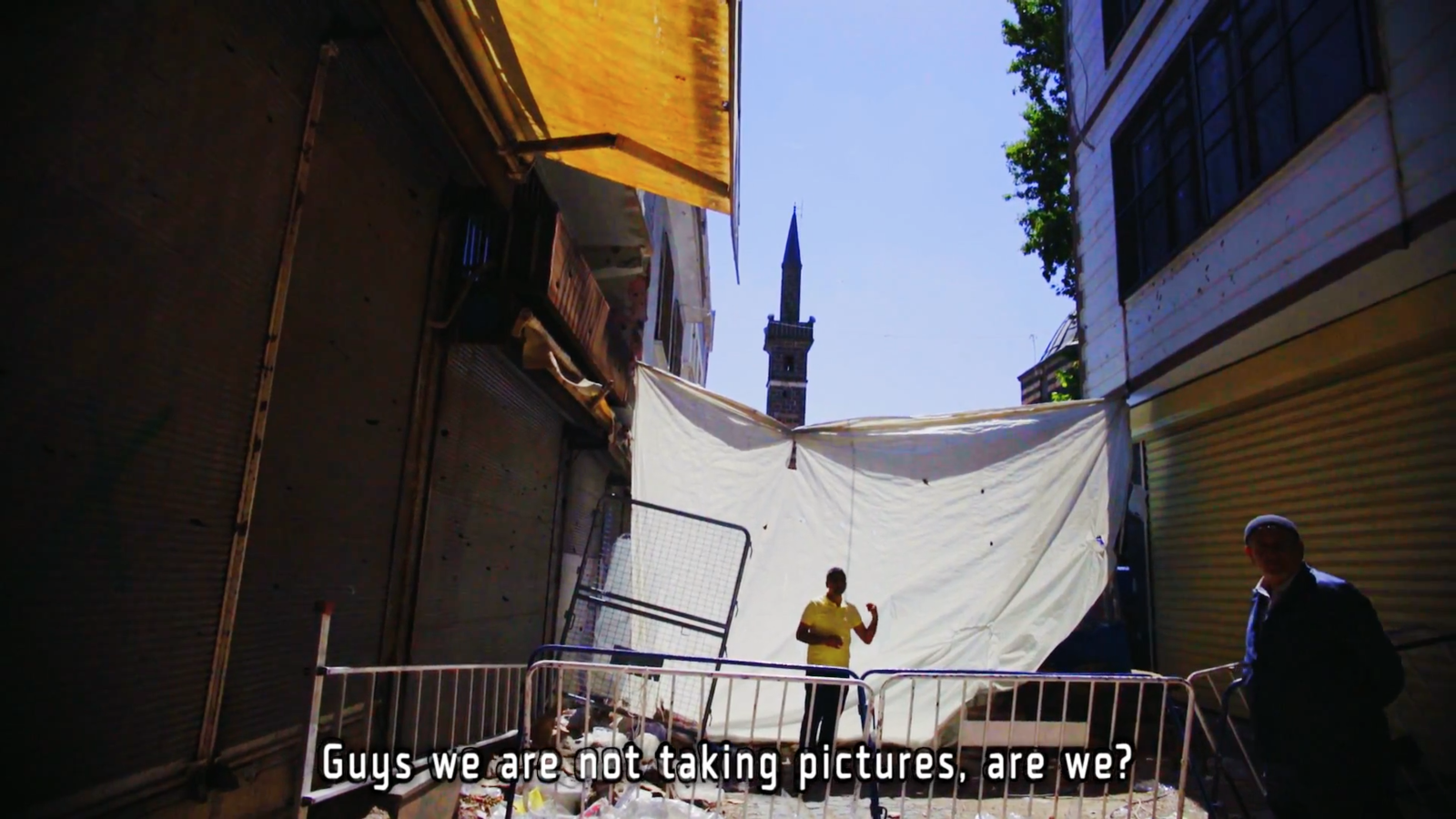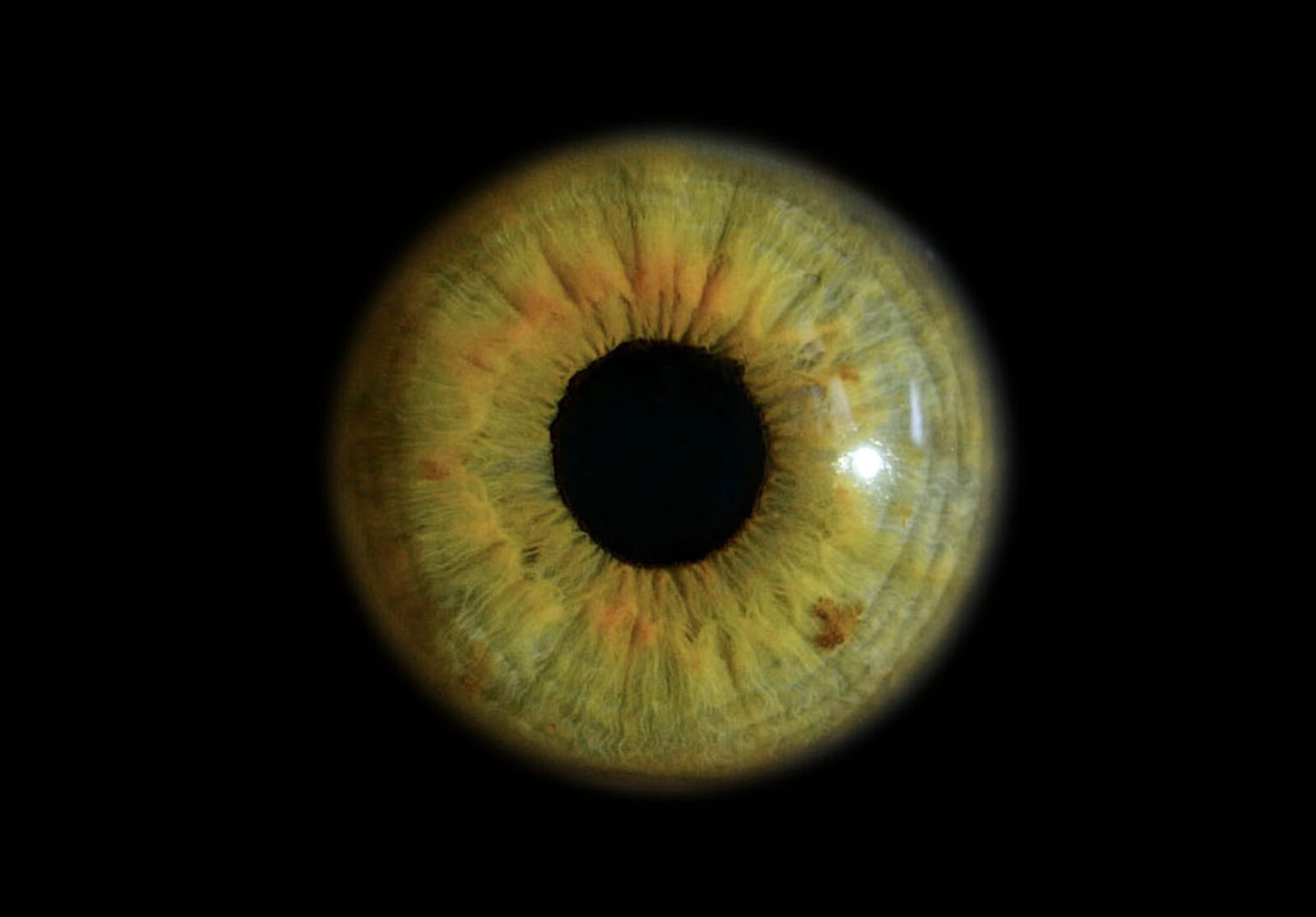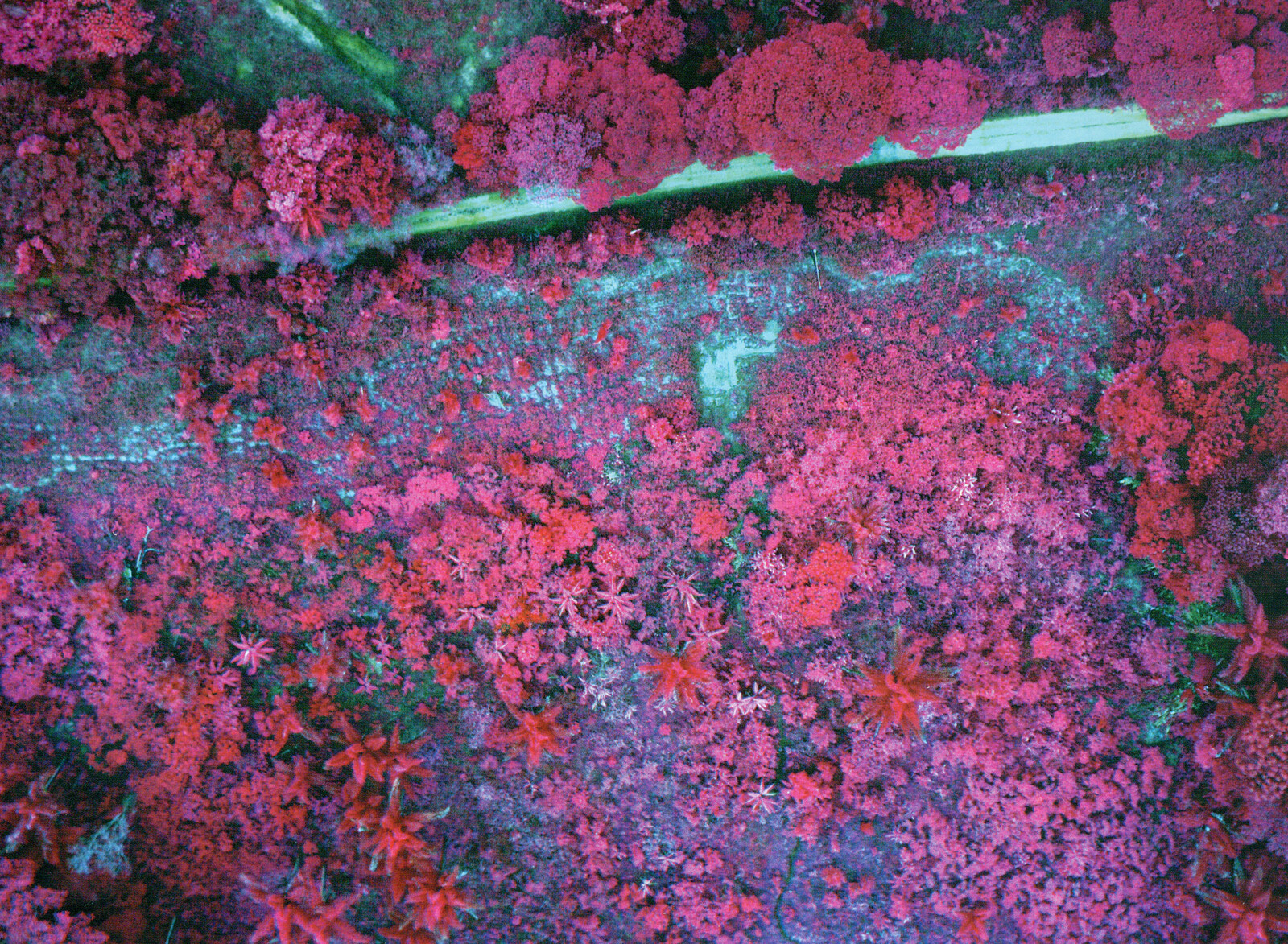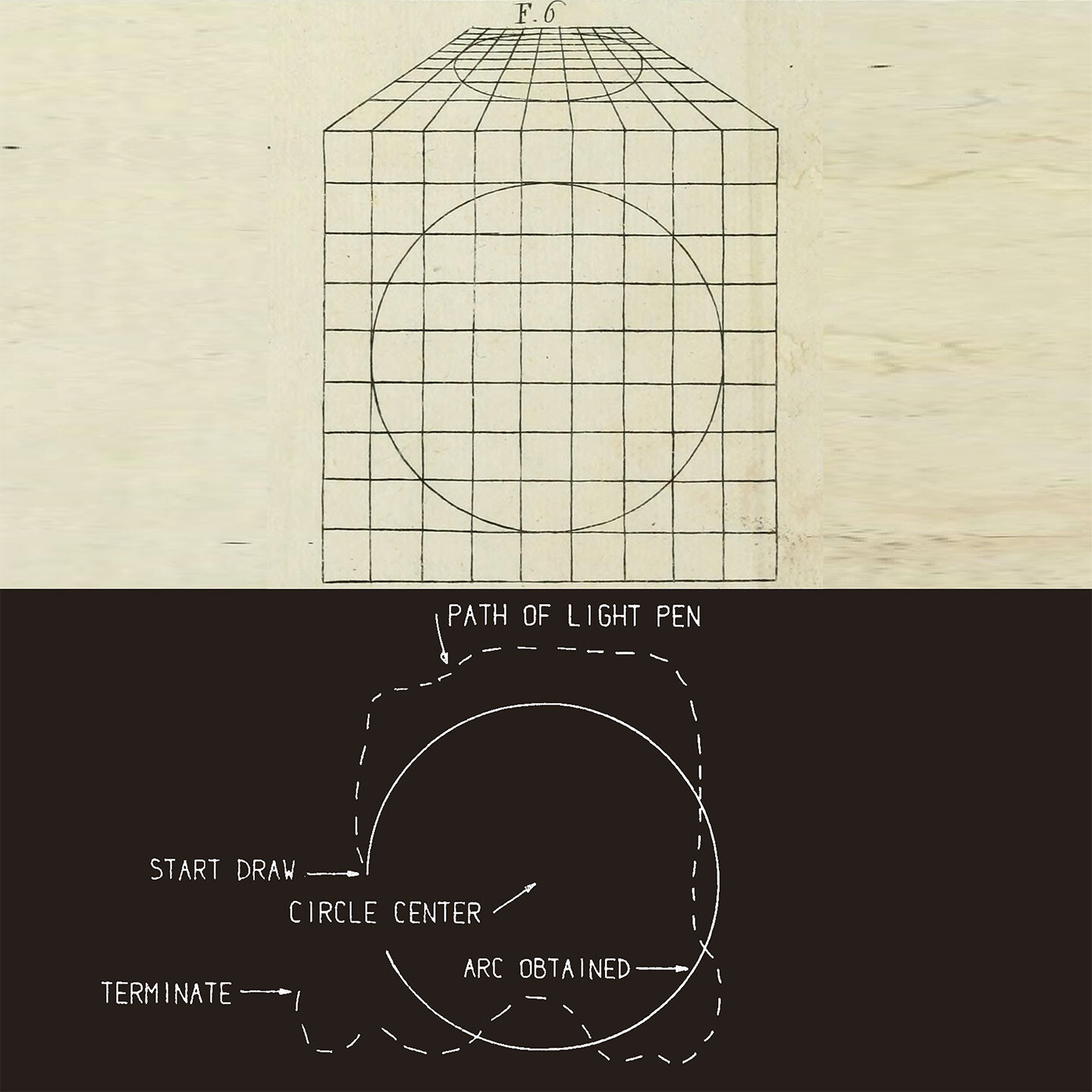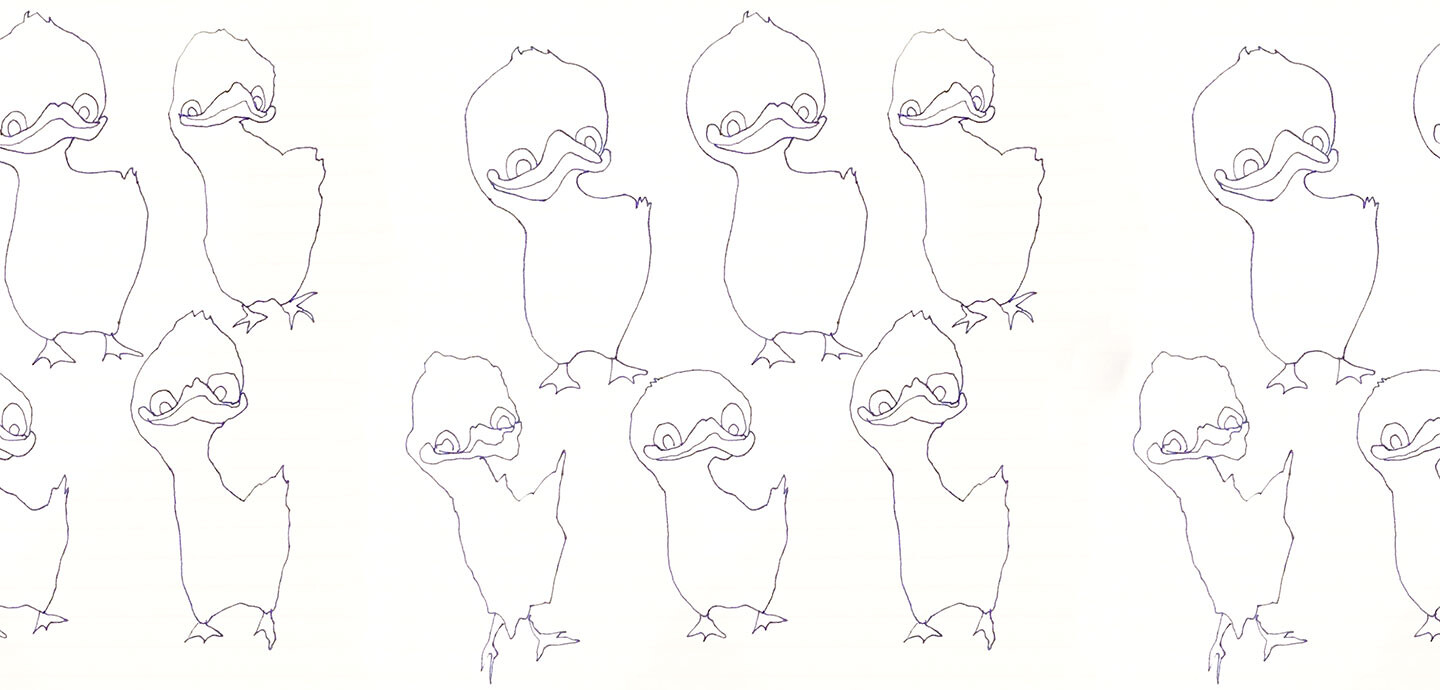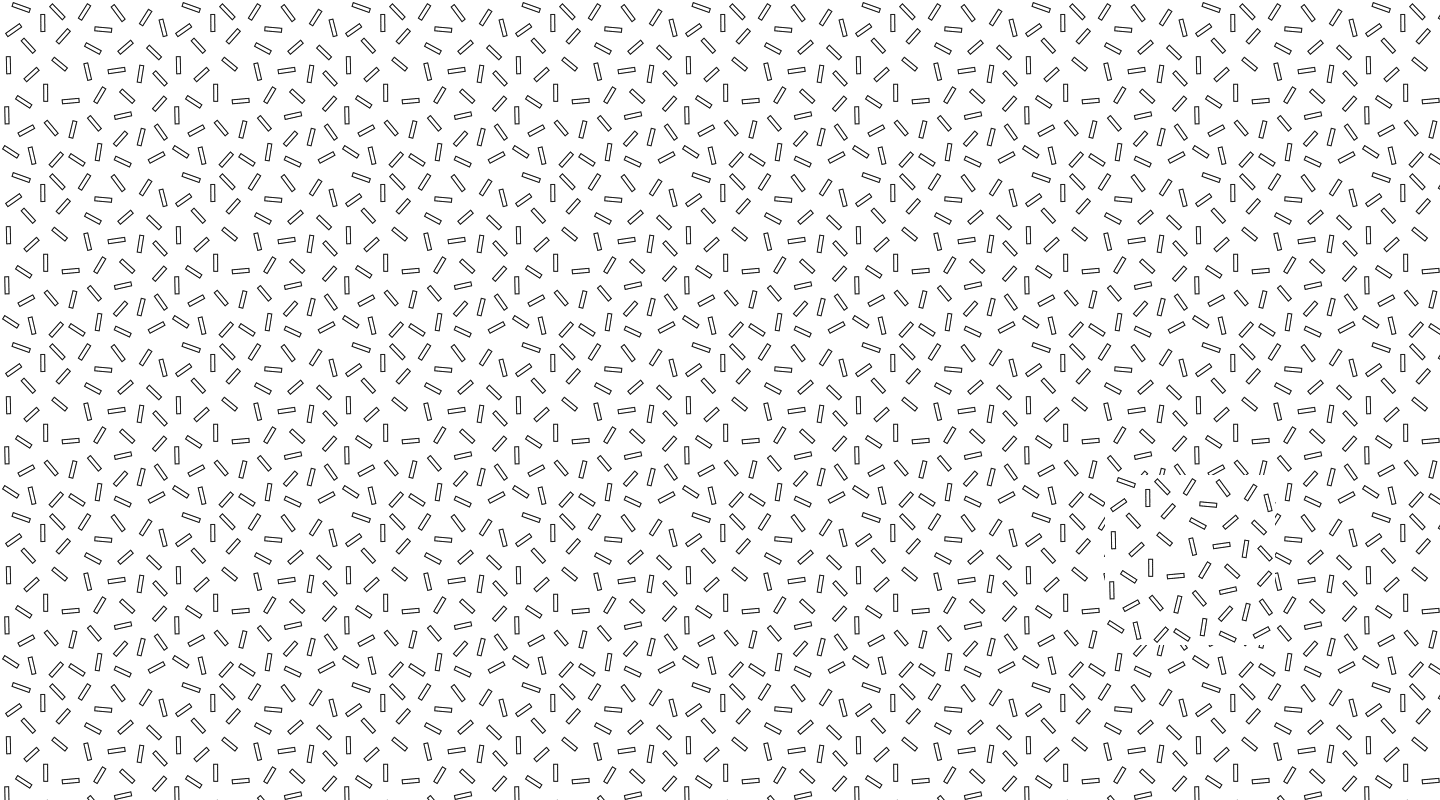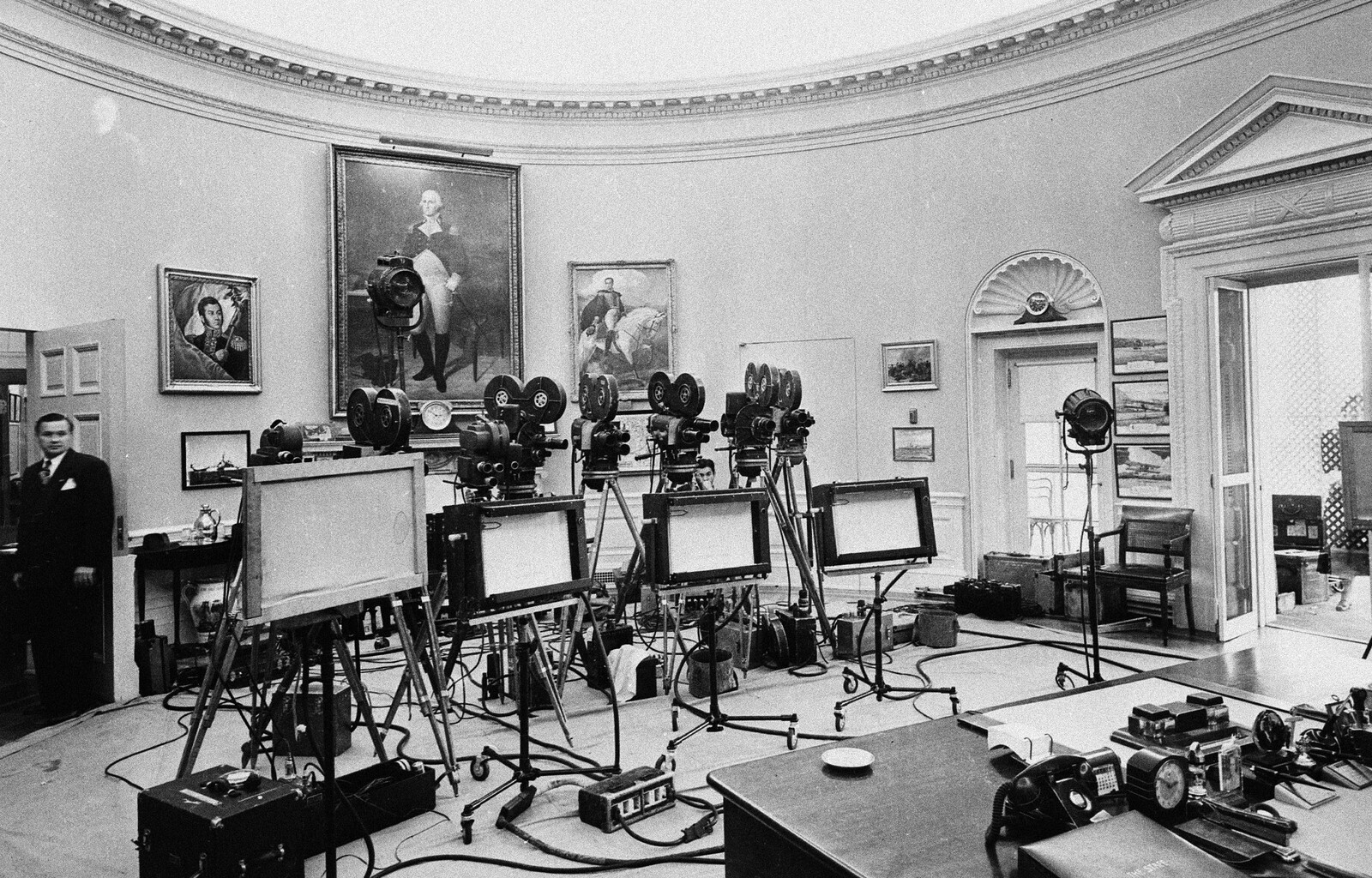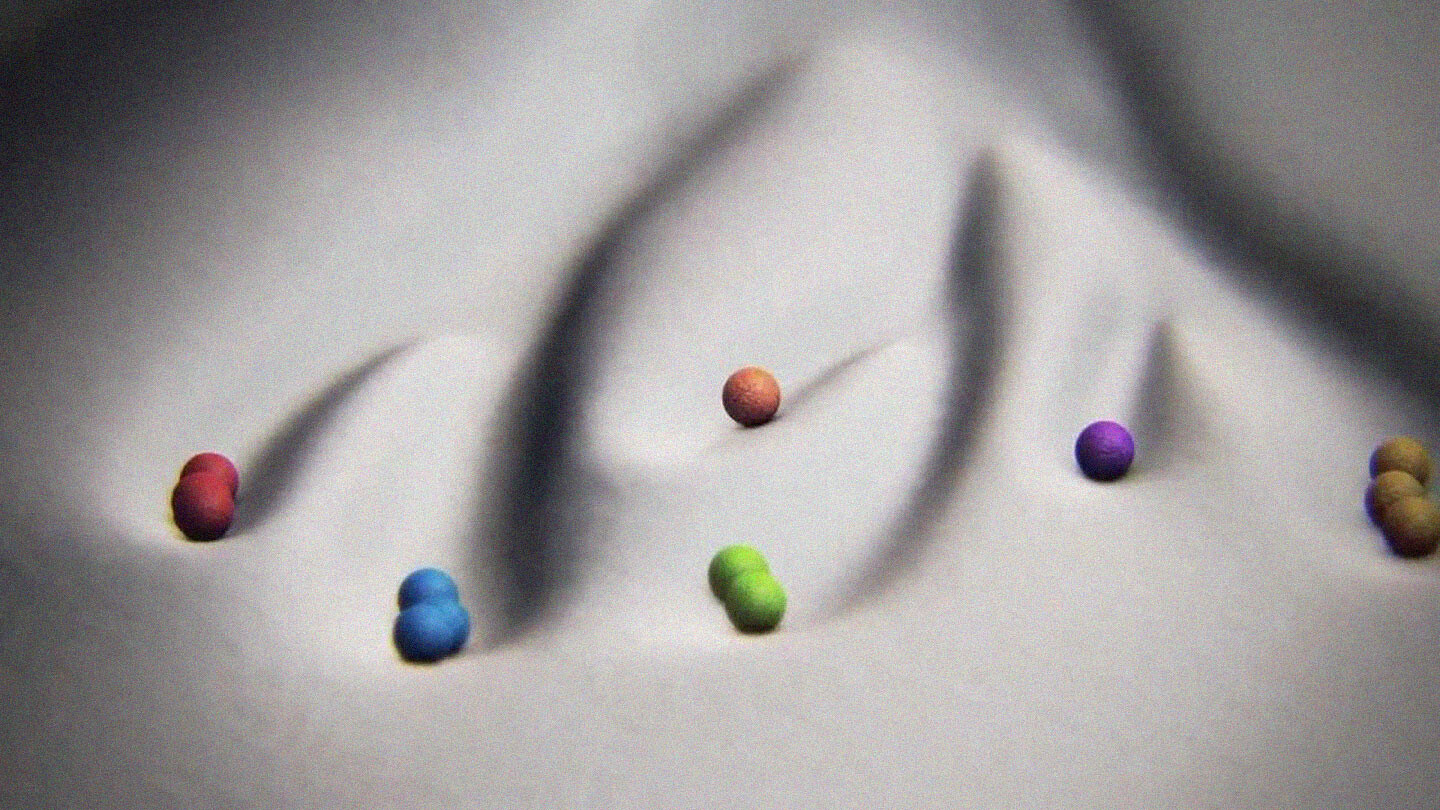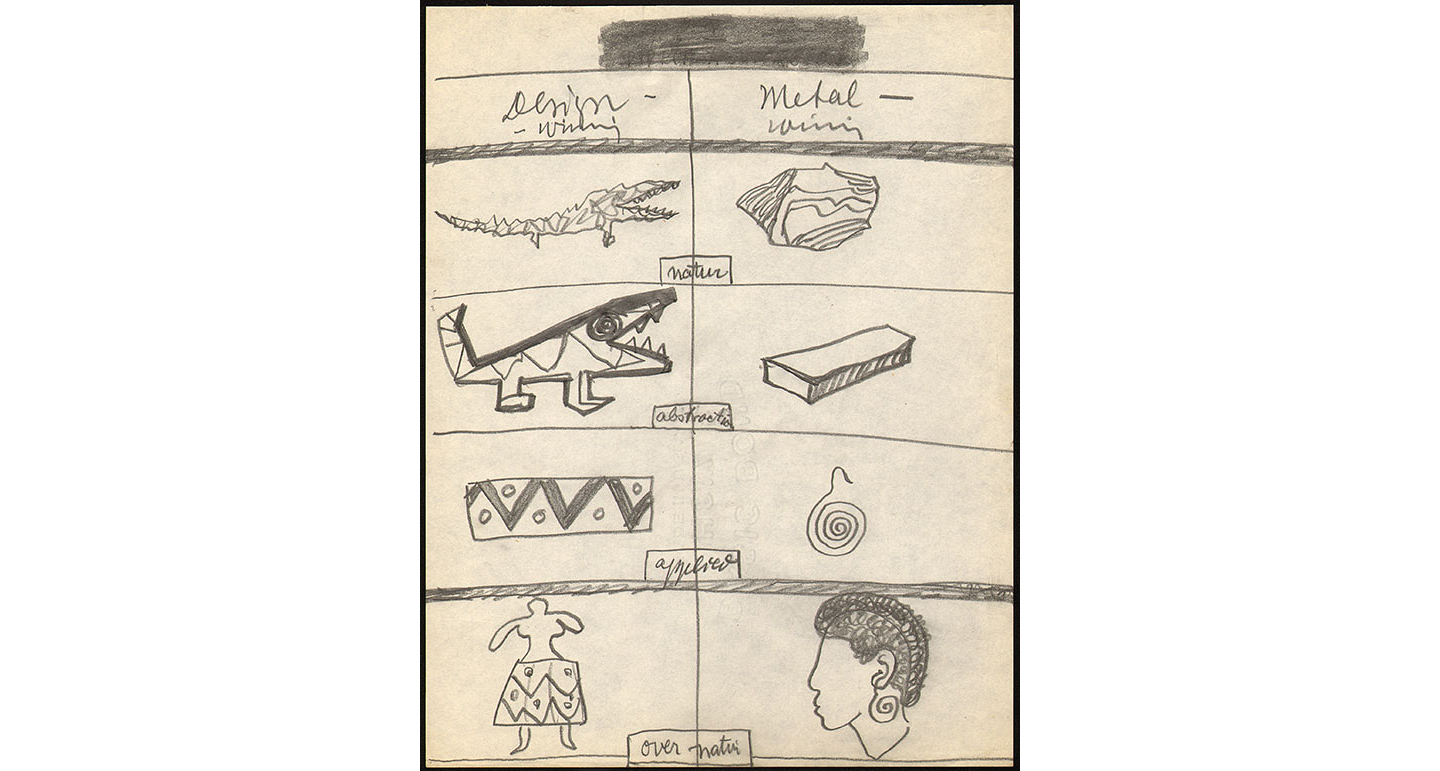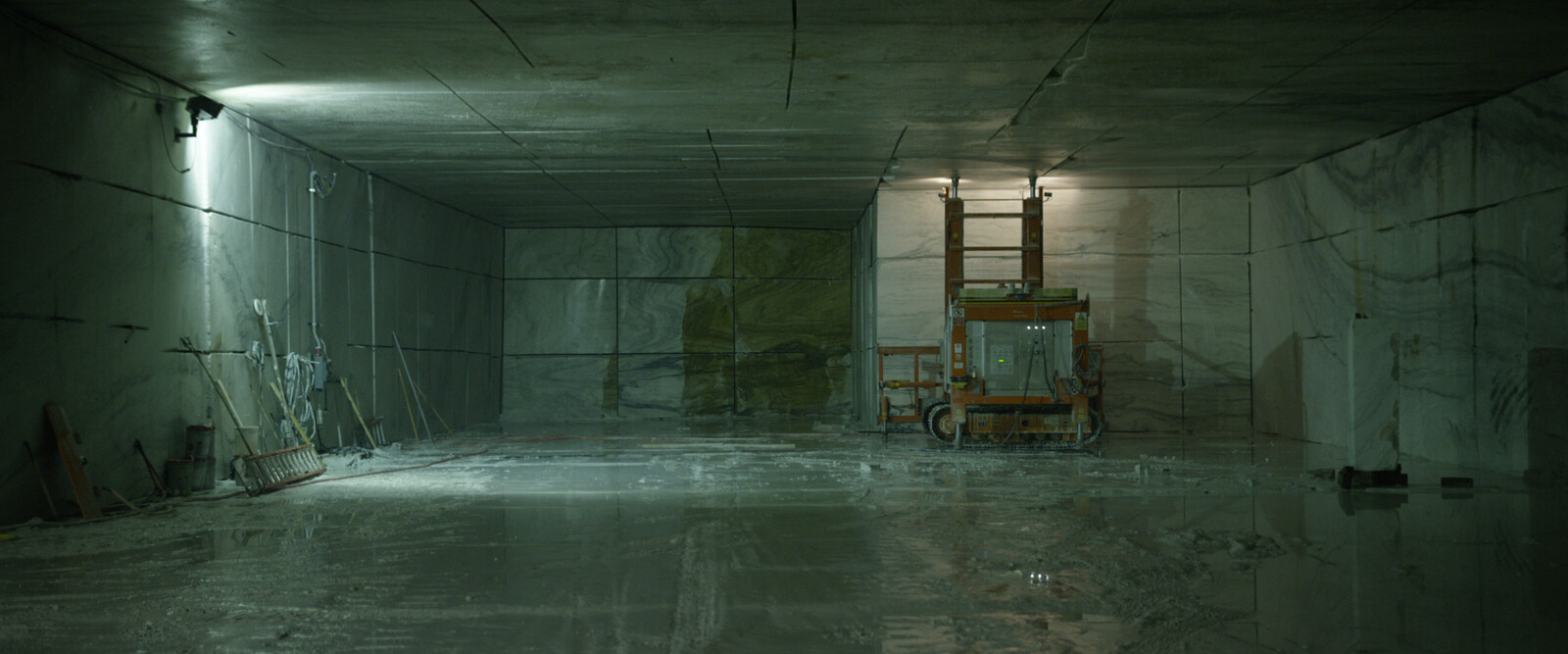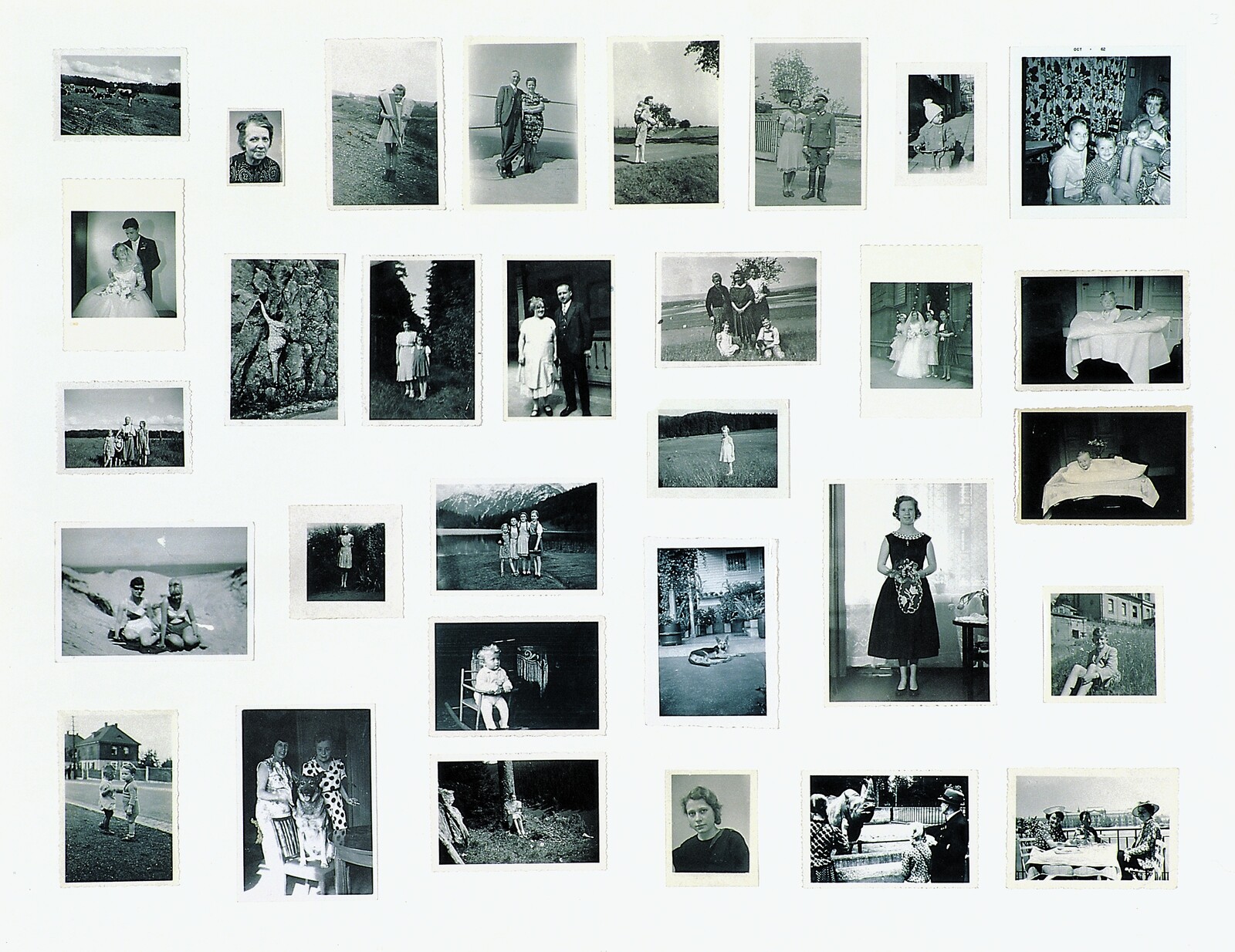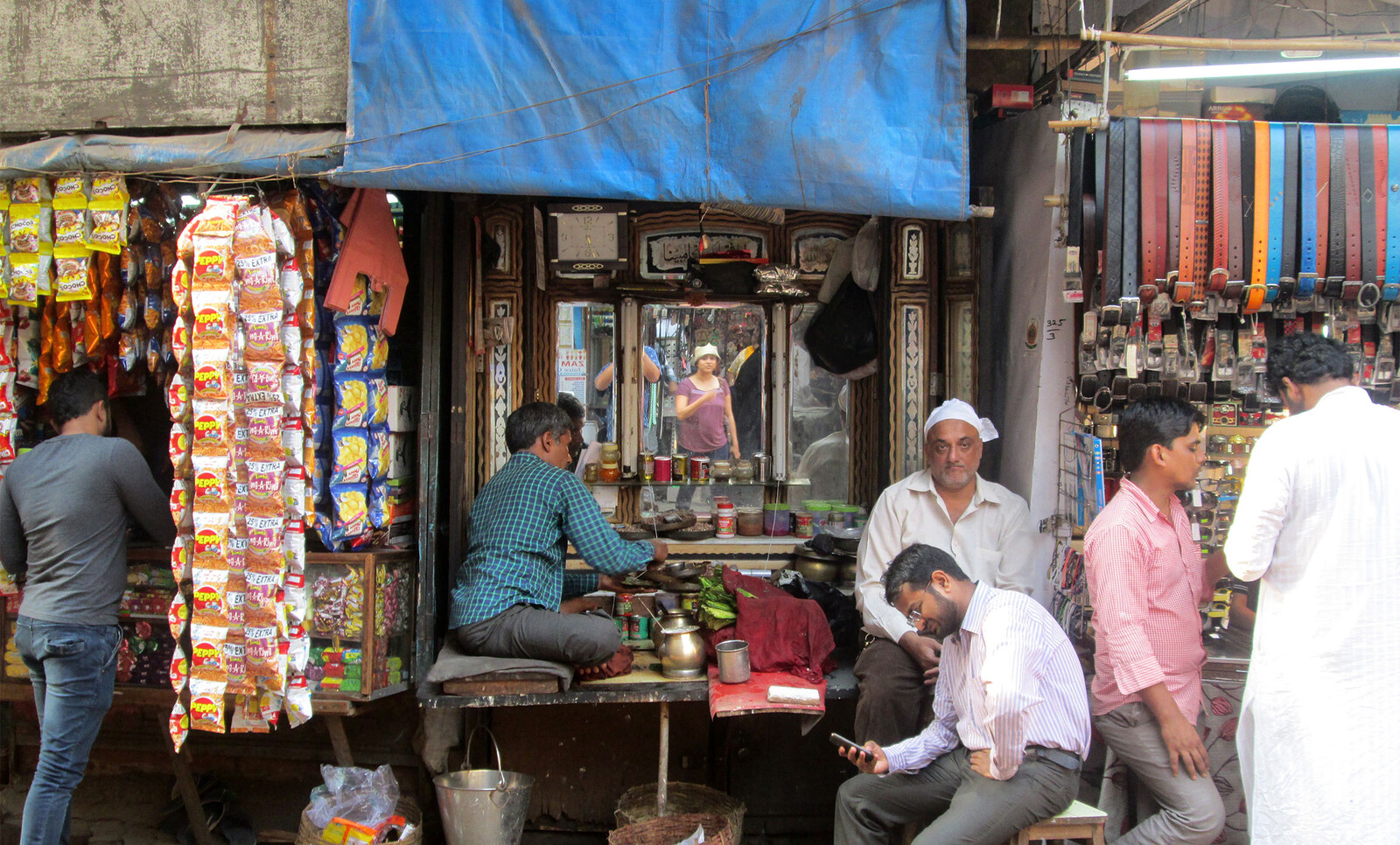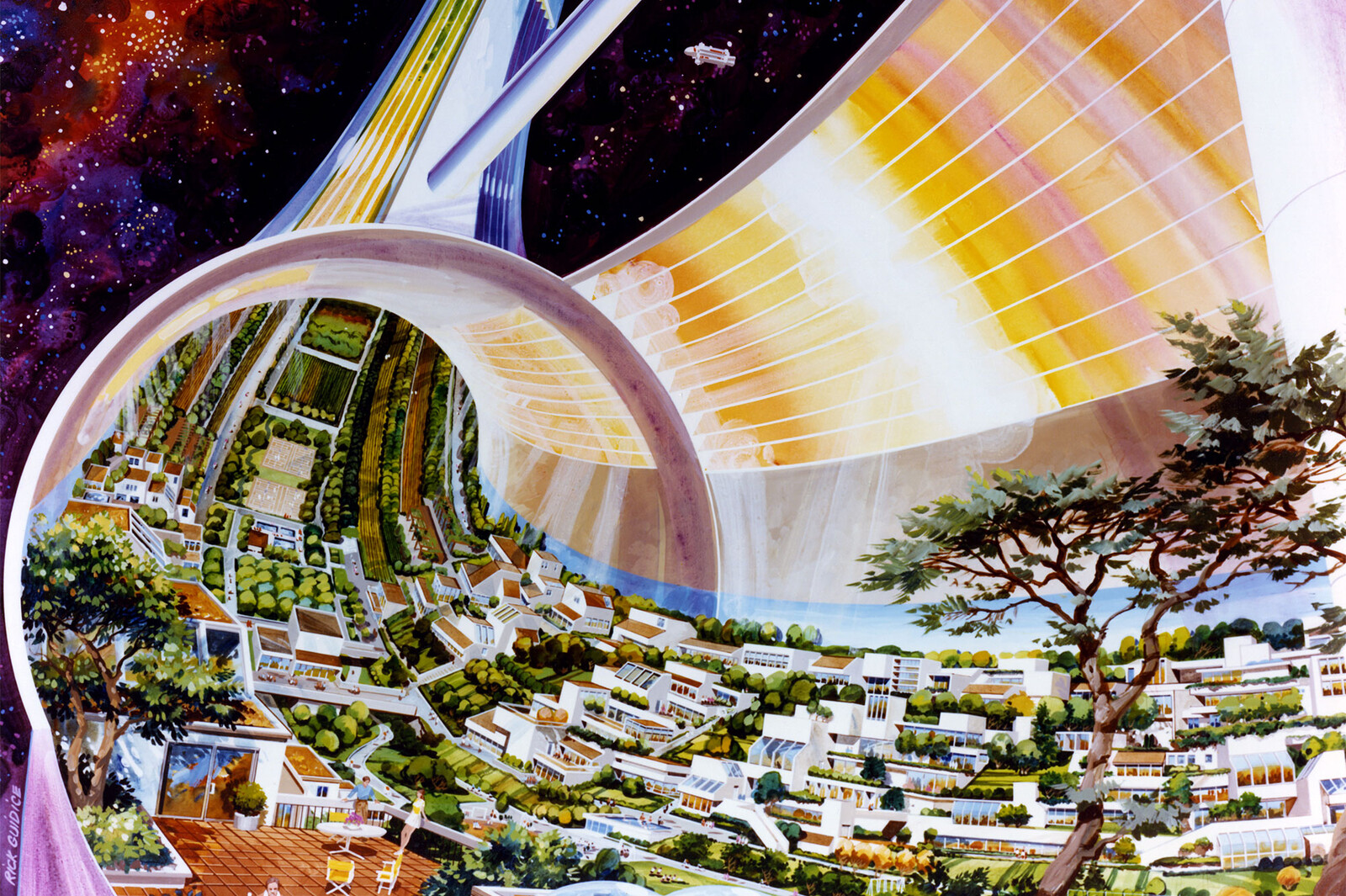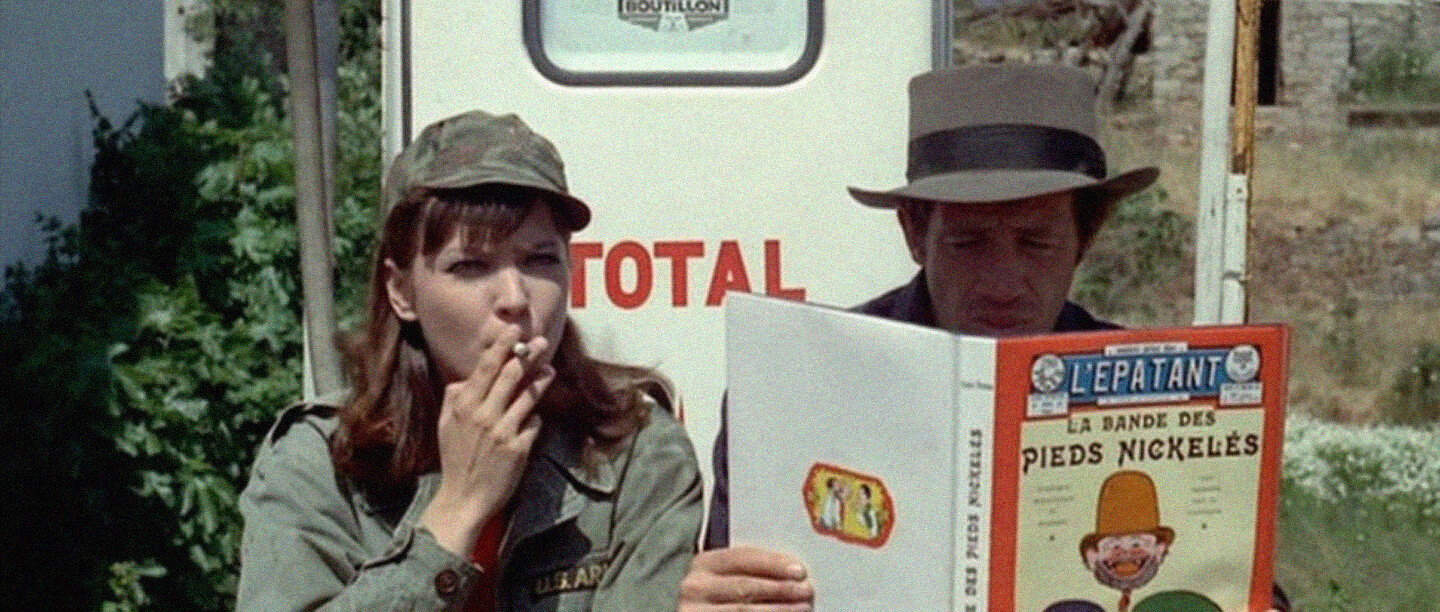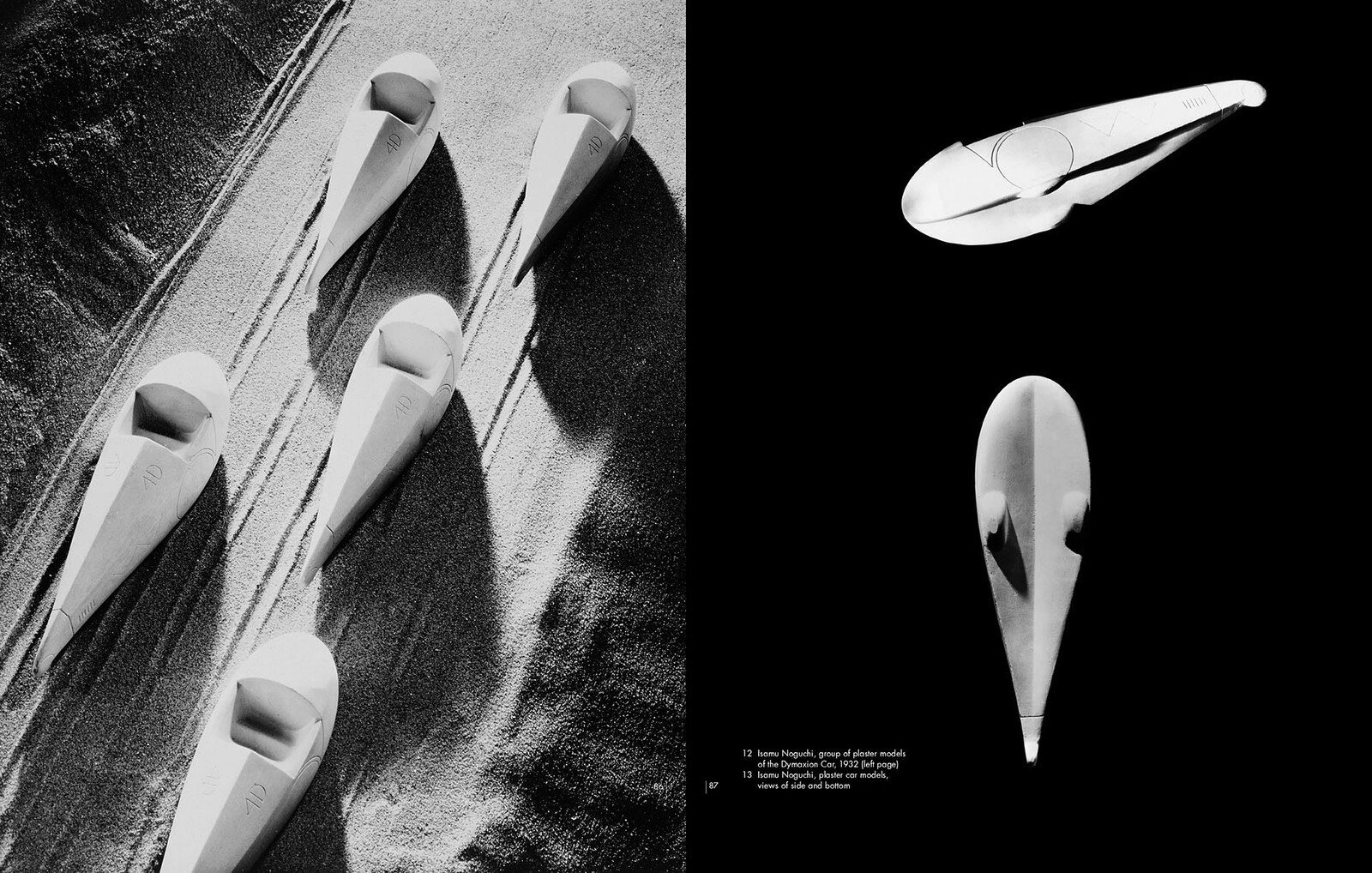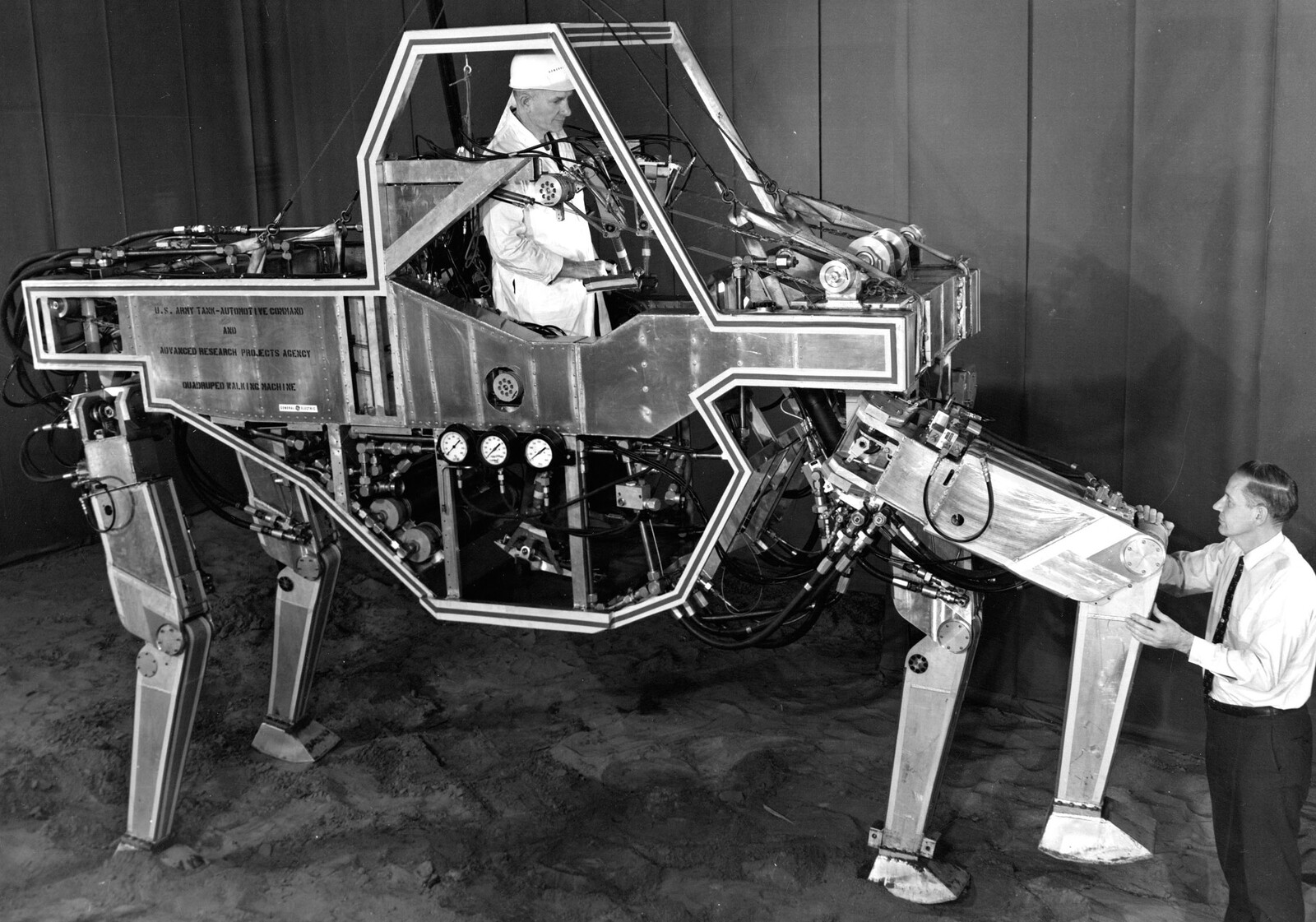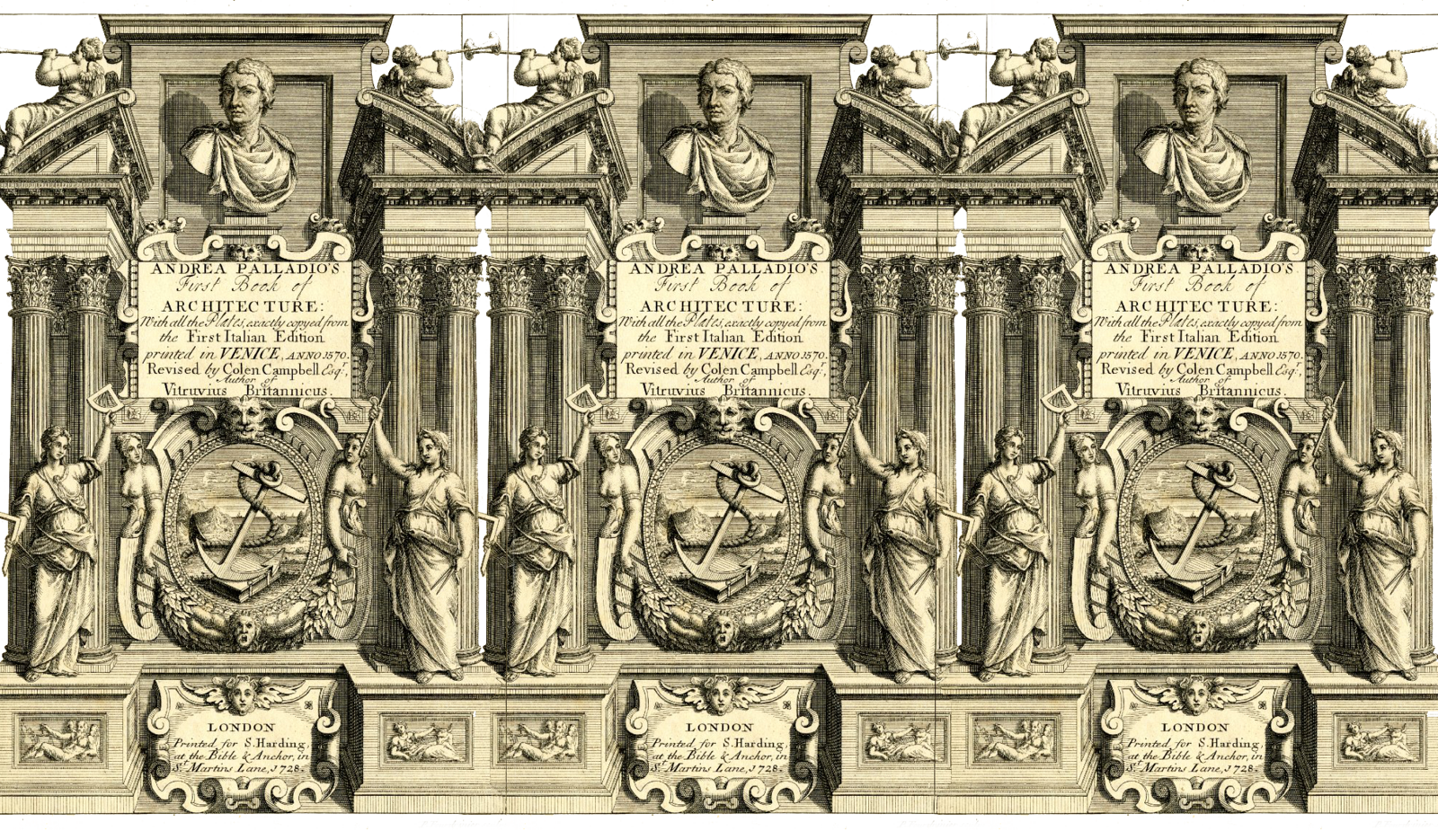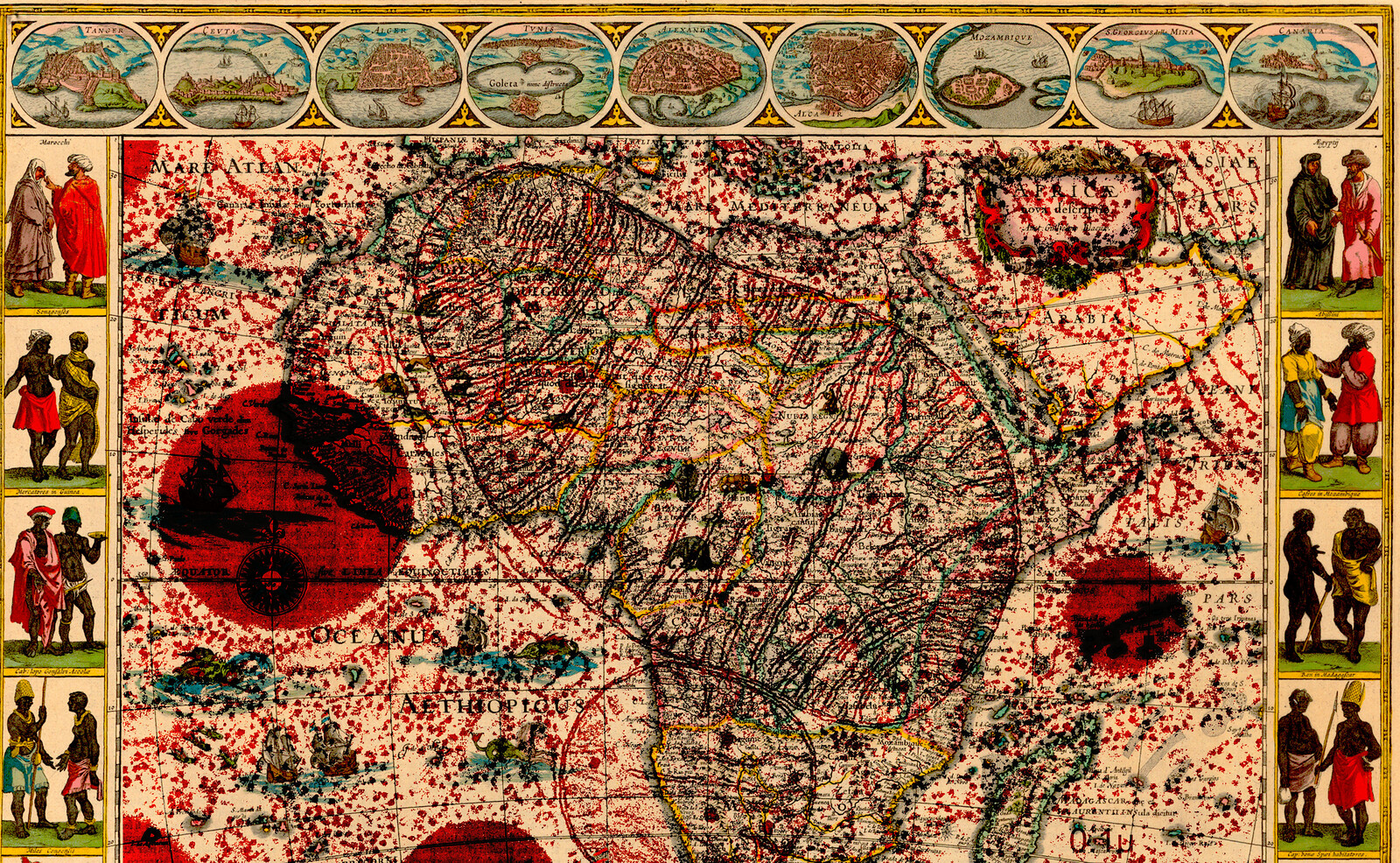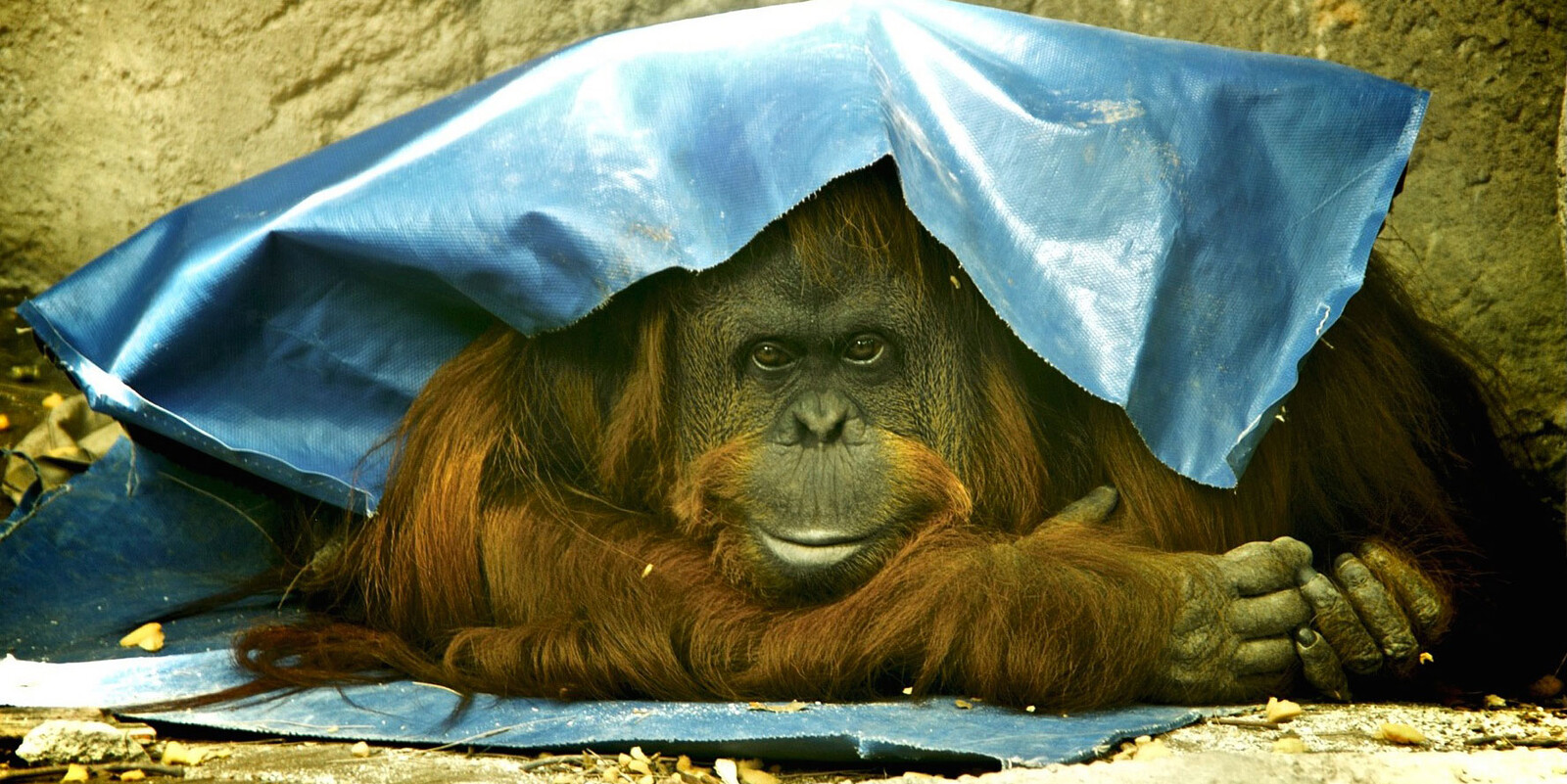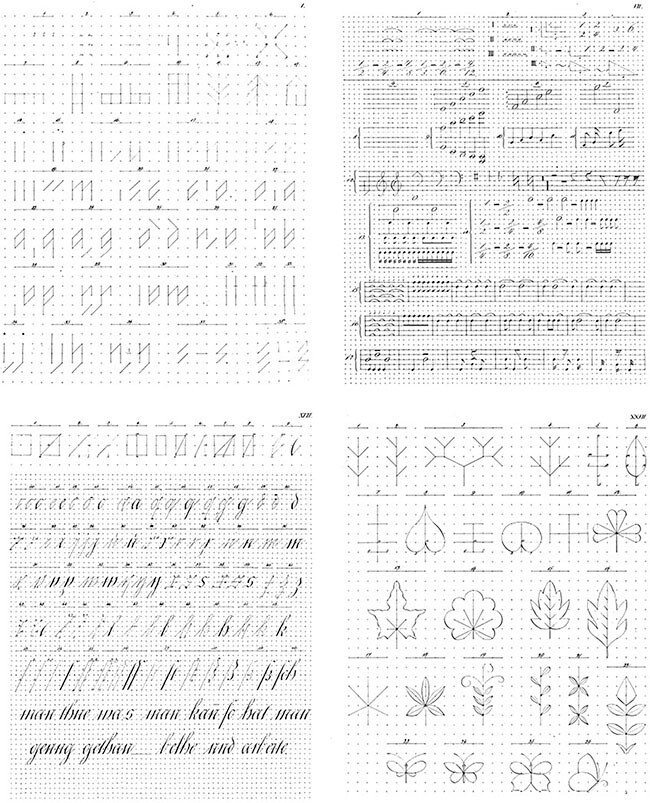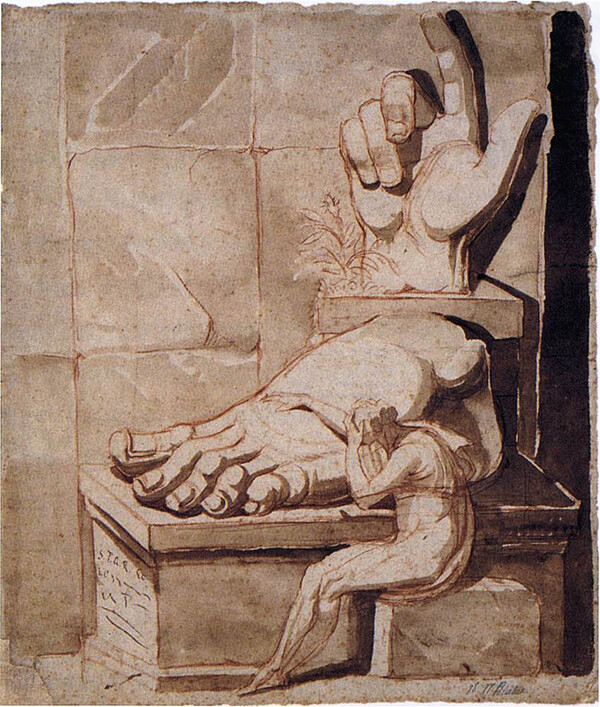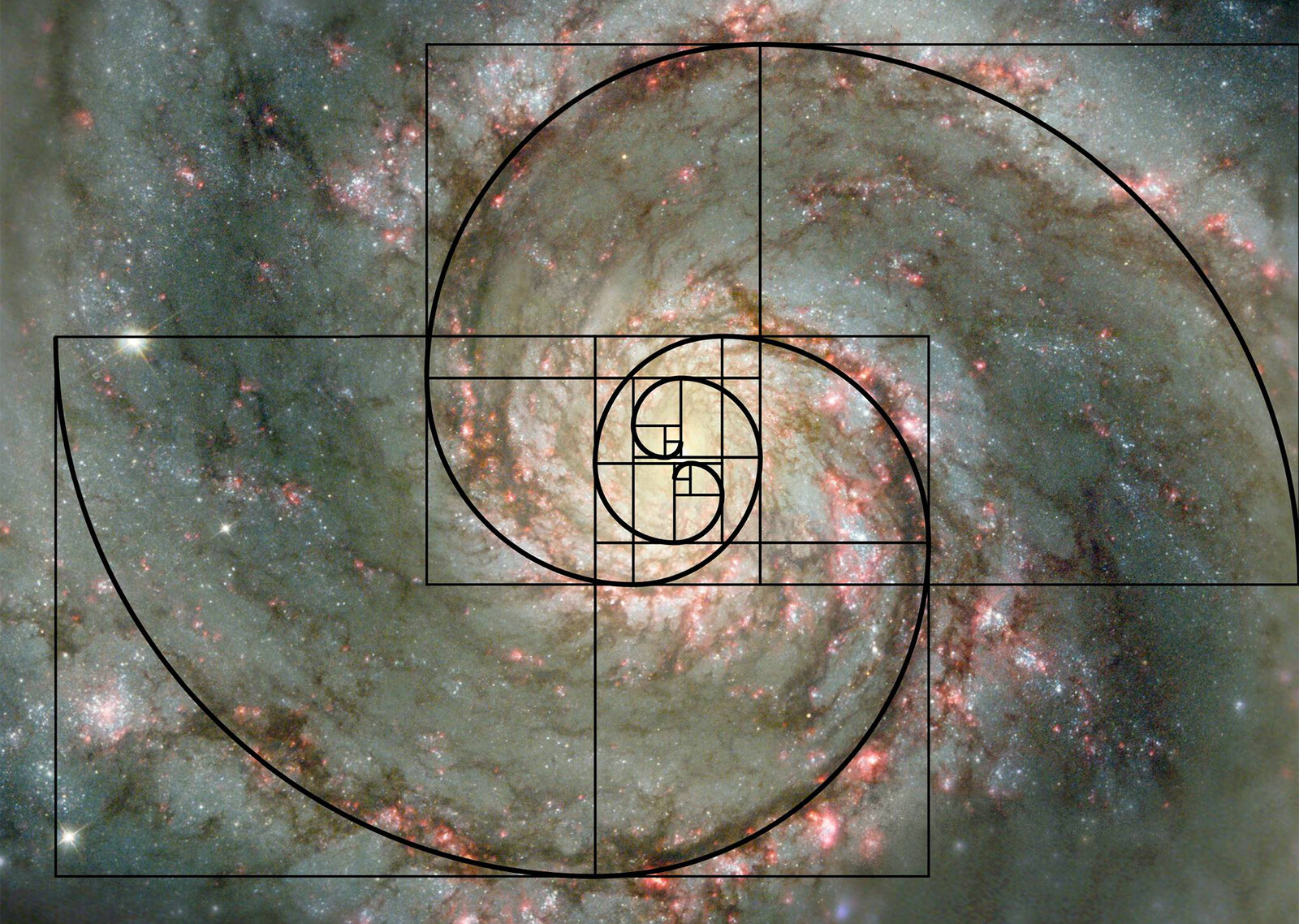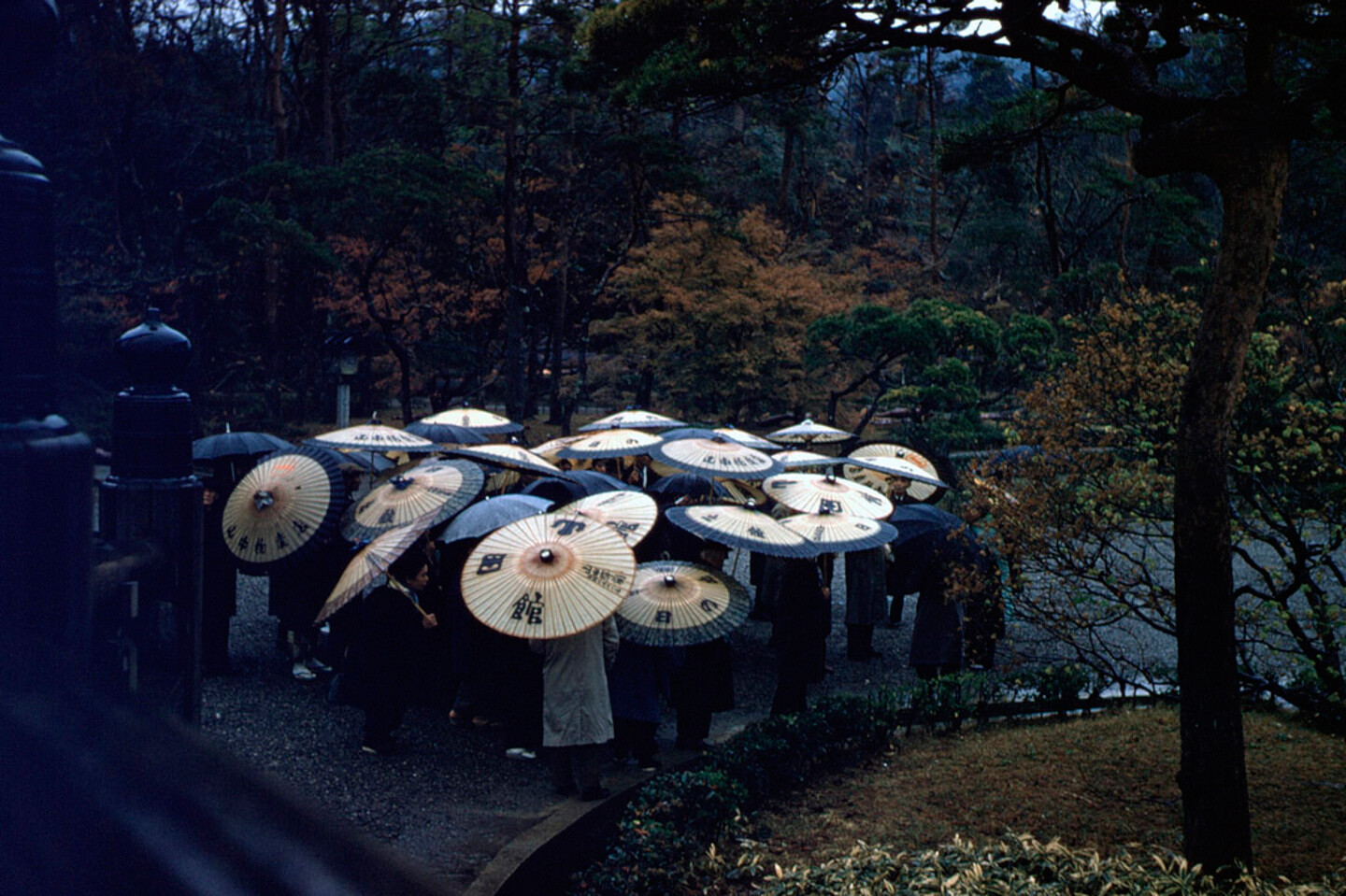The Extinction of the Magic Circle
In Homo Ludens, Johan Huizinga writes that “civilization arises and unfolds in and as play.” According to Huizinga, almost every human activity, whether political, economic, or cultural, was originally conceived in play. In the past, labor was accompanied by play and festivities. Scholarship grew out of puzzles in which sages dueled with their sagacity. Even wars were a sort of sport. An enormous magic circle hung over reality. But at some point in history, humans became incapable of playing. What was it, then, that drew the magic circle away from reality?
Max Weber says that our era is characterized by “intellectualization, rationalization, and disenchantment,” each of which ultimately imply drawing the magic circle away from reality. René Descartes taught that to be a rational being meant to exclude imagination. The rationalization of labor that emerged after the Industrial Revolution (e.g., Taylorism and Fordism) completely stripped labor of its playful attributes. What Walter Benjamin called the “destruction of aura” is the last phase of disenchantment. Through this process, the Homo ludens of the past became transformed into Homo sapiens, who lacks imagination; into a Berufsmensch, who thinks only of work; and into Homo economicus, who suppresses all desire and emotion for the sake of his interests.
However, as society evolves from an industrial to a postindustrial logic, the magic circle that disappeared is returning. This change is ever more accelerated by digital technologies that superimpose the virtual on reality, such as virtual reality (VR) and augmented reality (AR).
The Return of the Magic Circle
As Jean Baudrillard points out, humans under late capitalism do not consume goods, but instead the “gap” or the “difference” between goods. Thorstein Veblen discovered a similar phenomenon about a hundred years ago in the American upper class, where expensive, so-called “Veblen goods” sold better if they were priced higher, meaning that high-priced goods are consumed not for their utility but as a marker of status. This conspicuous consumption, which might have belonged to the upper class a century ago, is called the “Veblen Effect,” and can now be seen in all classes. Where the “gap” and “difference” is consumed, production takes on a semiotic function. Thus, capitalism transformed into “semiocapitalism.”
Goods are typically differentiated by their unique design or brand. When consumers begin consuming goods for their design or brand, semiocapitalism naturally evolves into another form. Today, goods are consumed not for their value as a sign, but as an experience. Contemporary digital devices are particularly focused not on their utilitarian or semiotic value, but rather on user experience (UX). Such devices facilitate a variety of experiences, such as conversing with artificial intelligence, entering virtual reality with VR, or overlaying the virtual on top of reality with AR. According to John Dewey, the purpose of art is to provide experience. If today’s goods provide users with experience, it can be inferred that they are acting as pieces of art. When goods are consumed as art, semiocapitalism evolves into “aestho-capitalism.”
Throughout time, philosophers have observed a close relationship between art and play. If “user experience” is a form of aesthetic experience, it will of course have the attributes of play. What follows is the idea of providing “player experience” (PX) beyond UX. Whereas in industrial societies humans adapted to machines, in information societies machines adapt to humans. This state of digital animism spawns a type of interface different from that of the past. The interface of the Information Revolution presents machines “as if they are alive.” Machines have evolved into pseudo-life. The visual interface of metaphor has become the tactile interface of pataphor; and pataphysics—the superimposition of the virtual on the real—becomes the principle of interface design. Digital technology has resurrected the play of culture. If the union of humans and machines meant labor in the past, today it means entertainment. Here, aestho-capitalism once again evolves, into “ludocapitalism.”
The three prefixes (semio-, aestho-, and ludo-) prepended to the word “capitalism” refer to different ways that the magic circle hangs over reality.
Labor as Play
After the seventeenth century, play disappeared from all areas of life in the West. It was during this process that labor lost the attributes of play. In conventional capitalism, labor and play are temporally and spatially separated. According to Marx, capitalist labor is “alienated” labor. That is, labor belongs to the capitalist who pays wages. The reason for labor’s loss of play is because capitalists did not want the time for labor that they bought to be filled with unnecessary elements, such as play. Conversely, the lives of the laborers themselves begin the moment they leave the factory door. This is why they try to put down their tools and leave work as if they are thunderstruck when the bell rings and announces the end of the work day. Accordingly, in order to overcome this alienation, the paradox between the private nature of ownership and the public nature of production has to be resolved (through revolution), after which labor is to become a voluntary activity where the working class owns the means of production.
According to Marx, production progresses leaps and bounds when labor is voluntary rather than forced. With this freedom, humans create with sincerity and desire, and not out of materialistic necessity. That the attempt to turn labor into play was first made in a socialist society is not a historical coincidence. In the Soviet Union, for instance, group and individual competitions would be held and a medal awarded to the winner as a way to instill in workers the will to produce. This “hero of effort” game is an example of socialist gamification devised as a noncapitalist compensation system that rewards work with fun and honor rather than material. It is also in accordance with the socialist ideology that denies the desire to possess.1 But this is, of course, just a mobilization of labor, far from creativity that is truly free from material needs.
The gamification of labor was delayed in capitalism. Since the capitalist man as Homo economicus is motivated by material interests instead of fun or honor, capitalism did not need another incentive mechanism. However, the situation is different now. As capitalism grew to become semiotic, aesthetic, and play-like, the structure of human desire changed. Since the 1990s, wages have not been the only incentive for economic activity. That is, there has been an increasing amount of people who pursue what they are good at, even at the expense of high wages. So-called “funsultants” have sprung up and advocated for “funification.” Capitalism today is faced with the task of transforming the extrinsic motivation of material goods into the intrinsic motivation of fun.
Play as Labor
Gamification combines labor and play, two activities of different natures, into one so that work can be seen as fun. While this is the raison d’être of gamification, it is, at the same time, the source of problems that come along with it. Criticism of gamification aims at two problems that are logical corollaries when mixing two activities of different natures such as labor and play. Firstly, in pursuit of an external objective, play as a free activity with no purpose can be spoiled. Secondly, in making play out of an activity that should be executed seriously, both play and work can be spoiled. In gamification, labor adapts to play. However, in this possibility of turning labor into play lies the reverse, that of turning play into work.
Nick Yee asserts that video games turn play into labor. “Video games are inherently work platforms that train us to become better game workers. And the work that is being performed in video games is increasingly similar to the work performed in business corporations.”2 Elsewhere, I have claimed:
whereas during the transition from the agricultural society to the industrial society the body was reconstructed through military-style discipline, the body reconstruction during the transition from the industrial society to the information society takes a play form. The new gaming generation is reconstructing their bodies into new digital blue-collar workers without even realizing it.3
The paradox of massively multiplayer online role-playing games (MMORPGs) is that even as we say it is a world to which we can escape after work, in reality it works us to exhaustion. Many players actually consider gaming as duty, tedium, and another job. They bemoan that they cannot stop playing despite being tired.
An extreme case of play becoming labor is players who are hired by game companies to play games as a profession. Julian Dibbell did a thought experiment with players who are engaged in this “alienated play,” in which he examined what they did after work. He thought that if they considered gaming as work, they would avoid it after work. Interestingly, however, a good number of players went to internet cafes after work and continued to play the exact same game. It was sincere play. Just as combining work and play does not spoil play, it does not spoil work either. After seeing “labor as play” at a Chinese game room, Dibbell concluded that “play can be productive.” He writes that the “digital environment can be especially effective in channeling play toward productivity,” but we should not rule out the possibility that the phenomenon can be a symptom of workaholism, where workers cannot let go of work even after leaving it.4
The logic behind the most severe criticism of gamification is interestingly rooted in two authorities of play theory. As is widely known, Huizinga clearly distinguished play from daily life. According to Huizinga, play is not daily life, and is an autonomous act that exists with its own unique order in a separate space and time, disconnected from all material interests. In other words, play does not and cannot produce material gains. Roger Caillois follows Huizinga in defining play as an unproductive activity, claiming that it is “an occasion of pure waste.”5 Although Huizinga lamented the disappearance of play and argued for its resurrection, he did not want play to become daily life and lose its unique character. Huizinga would almost certainly see gamification, where material gains are sought through play, as a clear breach of the spirit of play.
In contrast to Huizinga and Caillois, Celia Pearce argues that “neither play nor games is inherently unproductive.” She says that play and games have their own productive attributes, and they are themselves a form of cultural production, “a form of folk art.” Pearce thus denies what Huizinga considered the essence of play: the existence of the “magic circle” that distinguishes play from daily life. The nature of the capitalist society that Huizinga lived in is different than the ludocapitalist one we live in today. “The boundaries between play and production, between work and leisure, and between media consumption and media production are increasingly blurring. In the process, the sacred ‘magic circle’ … is also beginning to blur.” Consequently, reality itself becomes more and more pataphysical. “Not only do player-producers simulate simulations, they propel them out into the real world so that reality becomes the playground of the virtual.”6
Julian Kücklich calls play that has become labor in this fashion “playbor.” Modding, which gamers enjoy as a mere hobby, produces real economic value. The subculture of modding brings enormous profit to corporations by, for instance, creating new brands, prolonging product life, boosting customer loyalty, reducing the cost of research and development, and providing a pool of human resources.7 Tiziana Terranova states that this is thus a form of labor, and that play becomes “free labor” when the “knowledgeable consumption of culture is translated into productive activities that are pleasurably embraced and at the same time often shamelessly exploited.” This “free labor is structural to the late capitalist cultural economy.”8 In other words, today’s digital industries are actually living off of what media consumer/producers (“prosumers”) produce through play and make available for free.
In the past, utopian socialists argued that under socialism, labor would become play. Today, their utopia is being materialized, not according to the tenets of socialism, but rather in a capitalist way. Is labor in late-capitalist society really a liberated form of labor, like play? Or so long as it takes place under the conditions of capitalism, is it still alienated?
M. J. Nelson, “Soviet and American Precursors to the Gamification of Work,” Proceedings of the 16th International Academic MindTrek Conference (2012), 23–26.
Nick Yee, “The Labor of Fun: How Video Games Blur The Boundaries of Work and Play,” Games and Culture 1 (2006): 68–71.
Chin Jungkwon, “Phenomenology of Personal Broadcasting. Cultural Science,” 문화과학 55 (Fall 2008).
Julian Dibbell, “The Chinese Game Room: Play, Productivity and Computing at their Limits,” Artifact 2, no. 2 (2009): 82–87.
Roger Caillois, Man, Play and Games, trans. Meyer Barash (Champaign, IL: University of Illinois Press, 1961).
Celia Pearce, “Productive Play: Game Culture From the Bottom Up,” Games and Culture 1, no. 1 (January 2006): 17–24.
Julian Kücklich, “Precarious Playbour: Modders and the Digital Games Industry,” The Fibreculture Journal 5 (2005).
Tiziana Terranova, “Free Labor: Producing Culture for the Digital Economy,” Social Text 63 (Summer 2000): 33–58.
Superhumanity is a project by e-flux Architecture at the 3rd Istanbul Design Biennial, produced in cooperation with the Istanbul Design Biennial, the National Museum of Modern and Contemporary Art, Korea, the Govett-Brewster Art Gallery, New Zealand, and the Ernst Schering Foundation.
Category
Subject
Superhumanity: Post-Labor, Psychopathology, Plasticity is a collaboration between the National Museum of Modern and Contemporary Art, Korea and e-flux Architecture.








